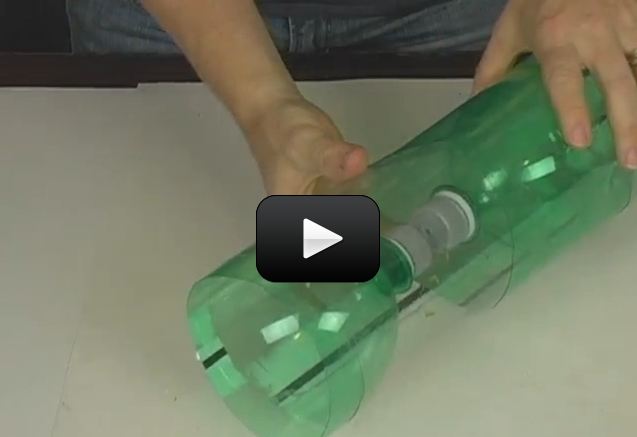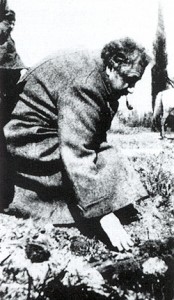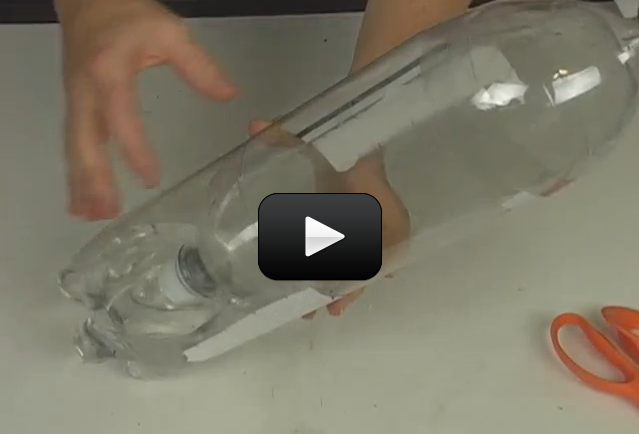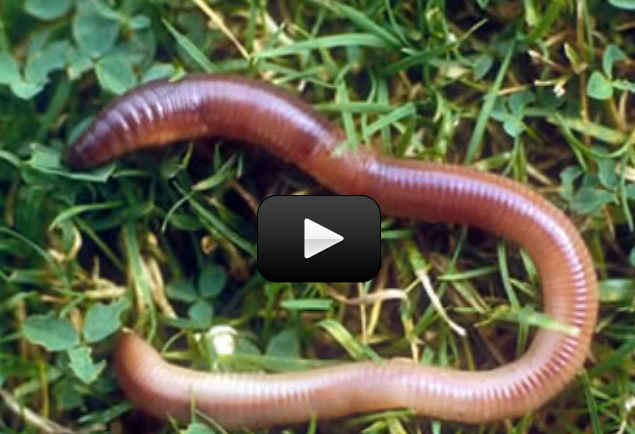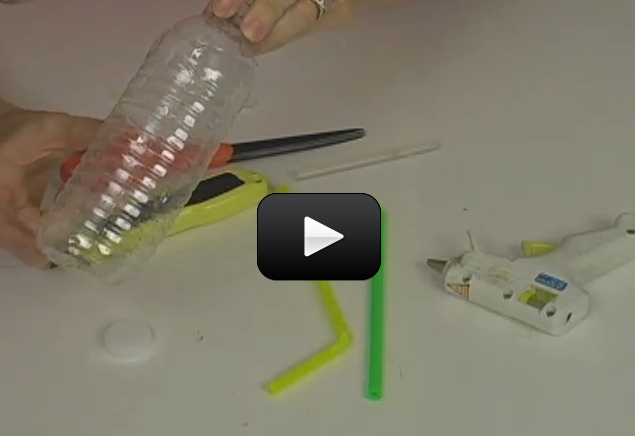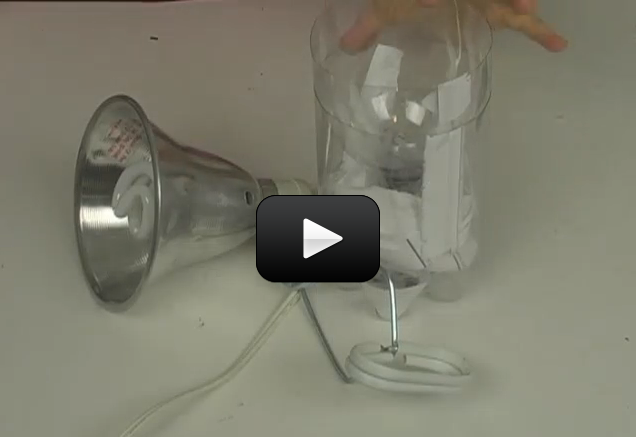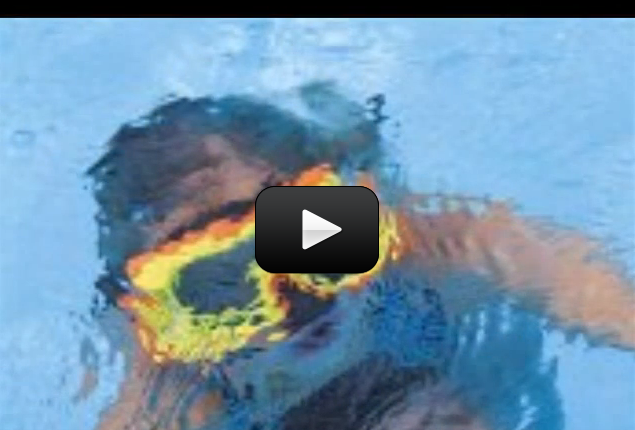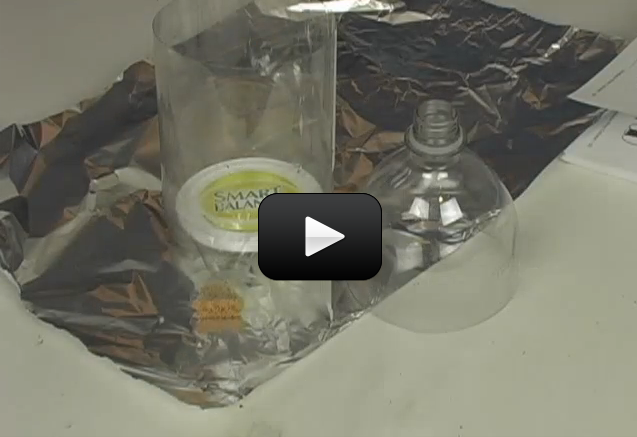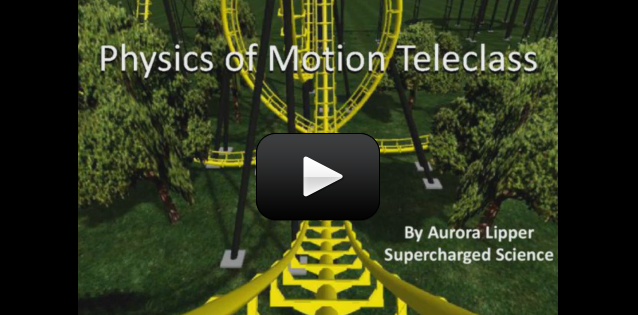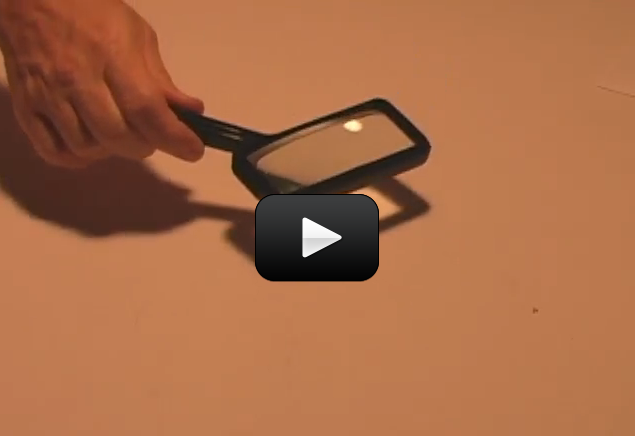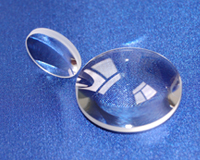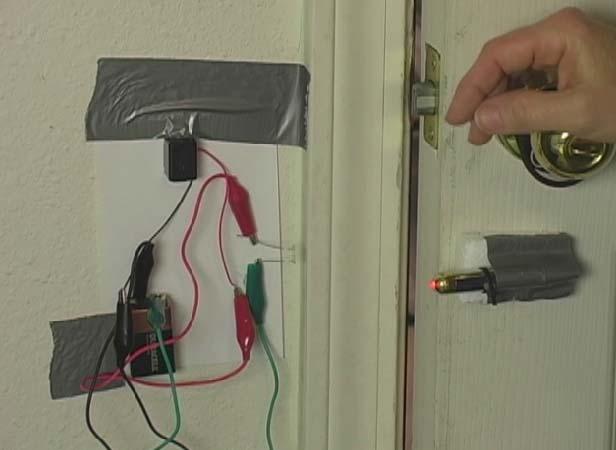On Friday, June 19th at 10:00 AM Pacific Time I am hosting an ASTRONOMY SCAVENGER HUNT GAME. Your kids can tune in to participate and win prizes! I’ve sent you an email with all the details for classes for the week, including this one. It’s a Zoom call – please email us if you can’t find it!
This is my personal reading list for my own kids. These are all the books we’ve read up through about 6th grade, and we’ve read them aloud and with our kids.
When I was growing up, I was a very avid reader… like 1-2 books per day. At 200-400 pages each, you can image how many books I read!
What I didn’t realize is how much of my character and values were shaped with those books!
I did not have strong role models within my family growing up, so I found my role models in my books. I spend a lot of time with the characters in the stories and biographies I read, and I realize today how much of who I am was shaped by specific titles.
As a parent, I realize that this can be really useful in teaching strong values and life lessons to my kids. Sadly most books published today are pure “eye candy”, meaning that they are like sugar for the body – empty calories that do not contribute to what the body needs. There’s no character development, life lessons… nothing in there for kids to model their behavior after that I’d want to see in my house.
It’s so easy to publish a book today compared to 50 or 100 years ago, so it’s no wonder the market is flooded with books! It can be hard to tell the good from the junk. I want more for my kids, and so I have spent a lot of time and energy over the years cultivating a list of books that I think are the important for them to learn from.
So here’s my reading list – I have more titles now that they are older, but these are the ones that I am really excited about sharing with you. Also, I didn’t just hand them the book. We would read them *together*, which also means I taught them not only how to decide if a book is good for them to read (there’s a whole art in learning how to choose which book to spend your time on), but also how you read a book.
It surprised them when they learned that you don’t have to read every single word, you don’t have to read it all at the same pace, and you don’t even have to like the ending. In fact, most authors of decent books have over a dozen different endings they come up with before deciding on the one that is to be published in the book, so we make it a game to figure out what all the possibilities are.
The older ones are now starting to learn how to see the author in what they read, that invisible connection that binds reader and author in a woven tapestry of words. So here’s my reading list – I do hope you enjoy it!
Click here to download my Book Challenge Reading List!
The VEX IQ Robotics Competition for elementary and middle school students is open to teams of two or more kids who build a robot to compete in local competitions. While it’s really exciting and fun, it’s easy to feel overwhelmed due to the open-endlessness, and that’s what we’re going to hep you with.
Every year, a new game is released (you can purchase the 2020-2021 game elements here), played on a 6 foot by 8 foot field. You’ll need a VEX IQ Super Kit, which contains all the pieces that you will need to snap together and build a robot for competition!
Here is the first step to building a competitive robot from your Super Kit to compete in a competition.
Great job! You have now built half of your drive train. The video below will show you how to build the other half.
Now you have to halves of your drive train. Play the video below and learn how to connect them together, add on the brain, and pair your robot with your controller.
Congratulations! You have completed the Drive Base for your robot. Drive it around, learn how to control it, and come back to the next video when you are ready to add an arm and claw.
Your robot now has giant pieces sticking up from the front; the uprights for your arm! To learn how to attach some supporting members and a sensor along with some gears, click the video below.
In this next video you are going to learn how to put a rack on the back of your robot to store game objects when you are carrying them.
Now that you have your rear rack built and installed on your robot, it is time to build the arm and claw. The claw is great for picking up and moving objects around your house, or game elements from some VEX IQ challenges. Check out the video below to get started.
Now you have finished building the arm and claw, and you now have a completely built Clawbot! Now you need to learn how to control it, how to change settings on the brain, and some other quick tips on how to make your robot work even better.
Congratulations! You are now driving a complete Clawbot that can pick things up, move them around, and put things in the rear rack! Next, you are going to learn some arm and claw modifications to make your robot better for specifically the 2020-2021 VEX IQ Challenge: Rise Above.
You can buy the 2020-2021 game field and elements from the official VEX website here, or you can buy them here if you want free shipping.
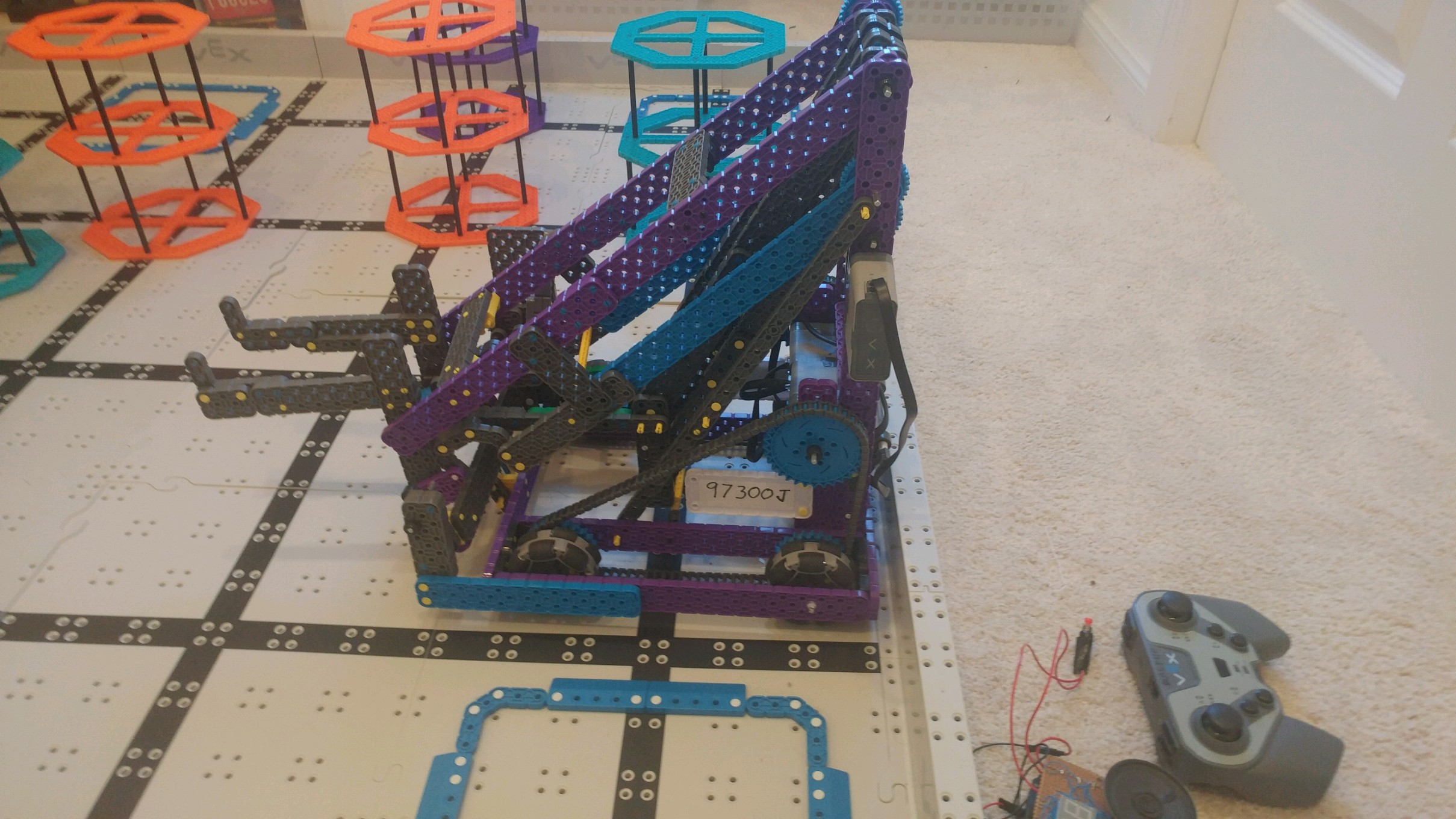
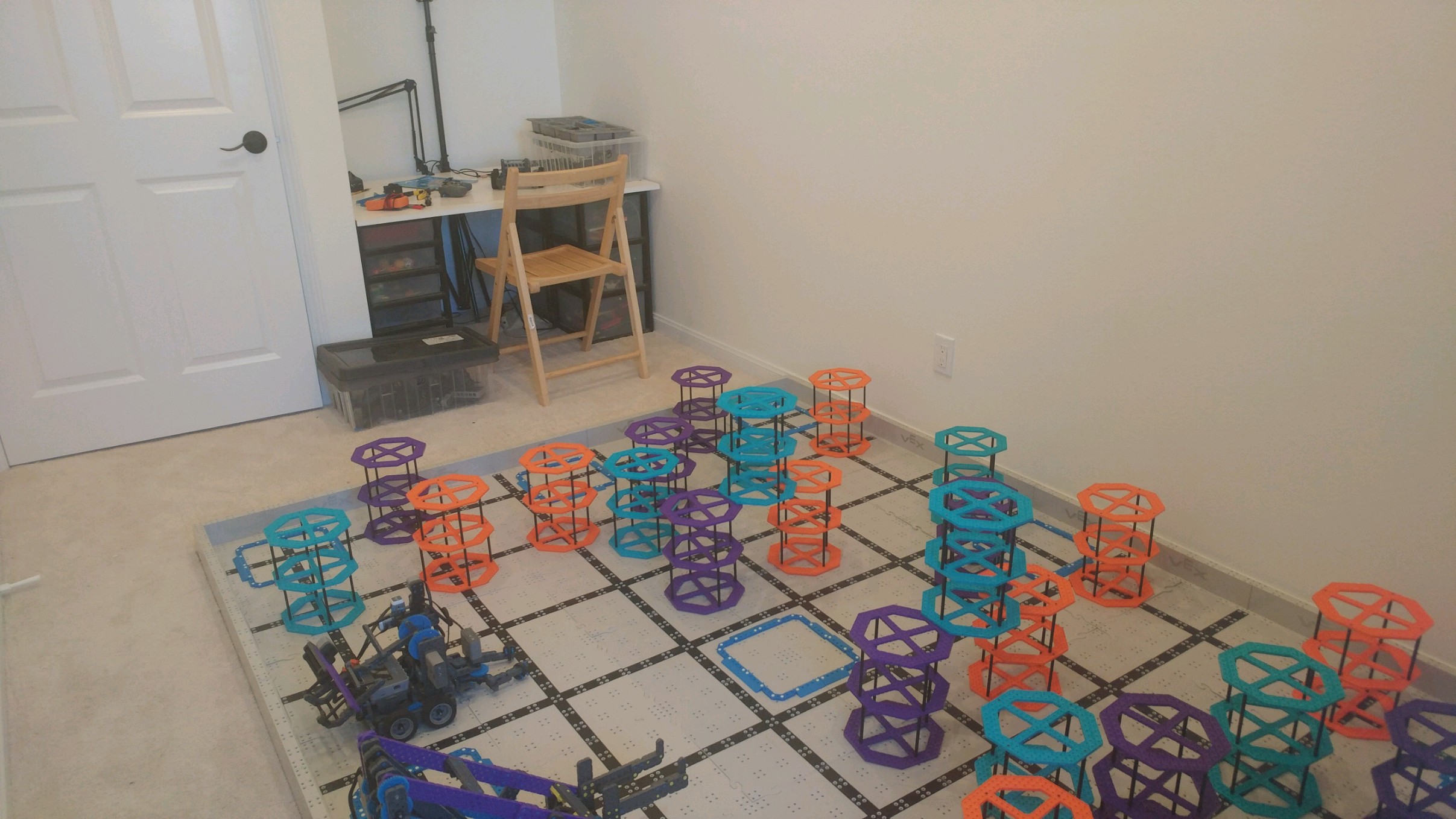
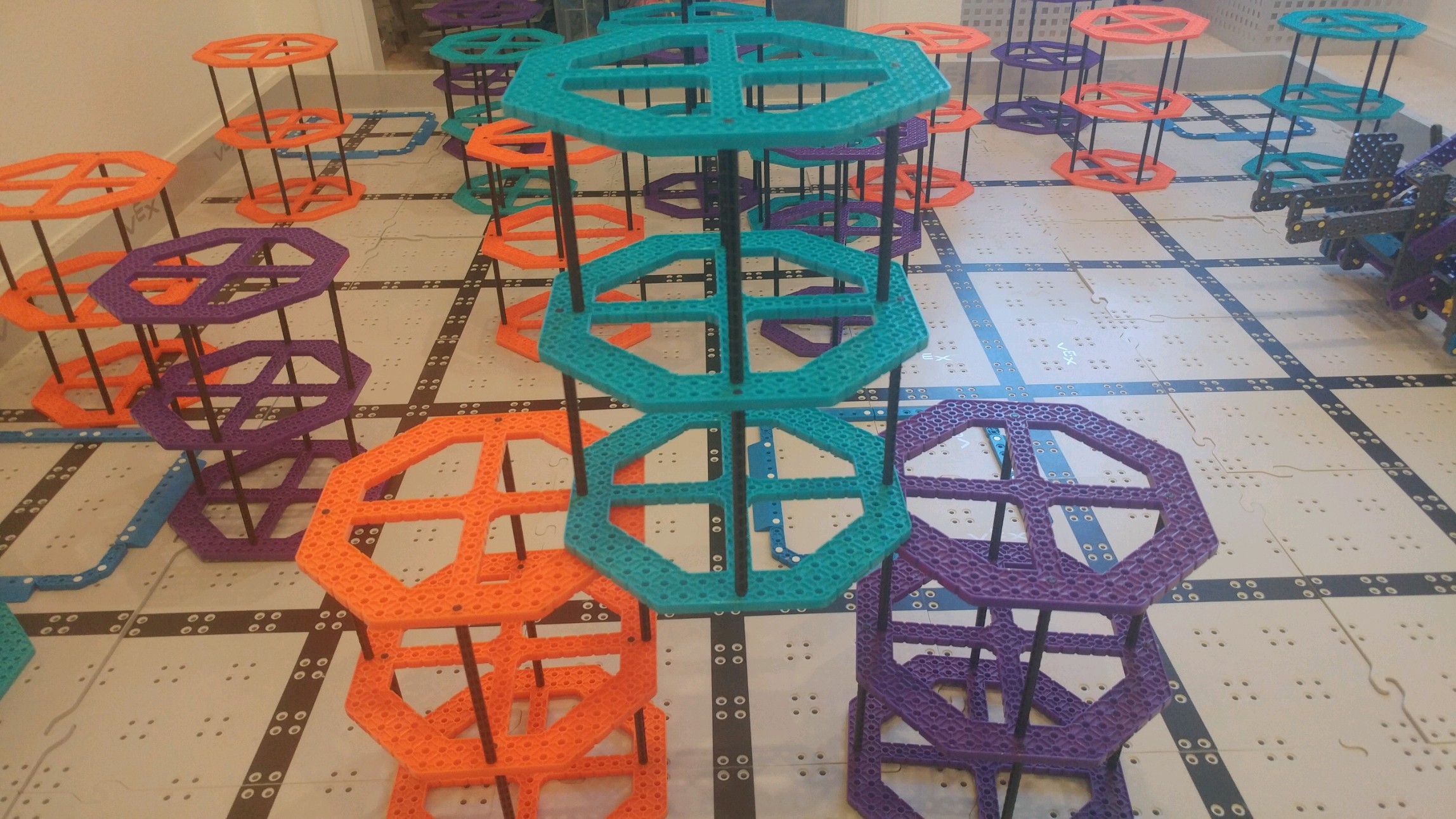
Recommendations for Going Further
Want to learn more about how to build a better robot, and even compete in an online robotics competition?
Here are some good individual videos:
Here is a Chinese Event from last year:
Here is an intro video for VEX IQ
You can also go to HERE to find all the VEX EDR/V5, VEX IQ, and VEX U match video archives from nearly all the past World Championships.
You can go your whole life without paying any attention to the chemistry behind acids and bases. But you use acids and bases all the time! They are all around you. We identify acids and bases by measuring their pH.
Every liquid has a pH. If you pay particular attention to this lab, you will even be able to identify most acids and bases and understand why they do what they do. Acids range from very strong to very weak. The strongest acids will dissolve steel. The weakest acids are in your drink box. The strongest bases behave similarly. They can burn your skin or you can wash your hands with them.
Acid rain is one aspect of low pH that you can see every day if you look for it. This is a strange name, isn’t it? We get rained on all the time. If people were dissolving, if the rain made their skin smoke and burn, you’d think it would make headlines, wouldn’t you? The truth is acid rain is too weak to harm us except in very rare and localized conditions. But it’s hard on limestone buildings.
Please login or register to read the rest of this content.
I mixed up two different liquids (potassium iodide and a very strong solution of hydrogen peroxide) to get a foamy result at a live workshop I did recently. See what you think!
Note: because of the toxic nature of this experiment, it’s best to leave this one to the experts.
Nurses will put hydrogen peroxide on a cut to kill germs. It’s also used in rocket fuel as an oxidizer. The hydrogen peroxide in your grocery store is a weak 3% solution. The hydrogen peroxide used here is 10X stronger than the grocery store variety. The KI (potassium iodide) is the catalyst in the experiment which speeds up the decomposition of the hydrogen peroxide. This is an exothermic reaction (gives off heat).
If you are curious how airplanes fly without flapping like a bird, how to read aircraft instruments and tell which runway to land on, what it’s like inside a real cockpit, then this is the class for you! Aeronautics is the art and science of flight. Aviation is the practical side of aeronautics. It’s the design and building of airplanes, and how to fly the thing from point A to B. Aerodynamics is the motion of air, and the way air interacts with aircraft, like how air flows over a wing.
In November, we went on an Airplane Field Trip with a real flight instructor! During class, students were able to ask questions and interact with the pilot in this online learning field trip class. Here’s the video recording:
We will be doing another field trip soon, so please look for an email about this in the coming months. I hope you enjoy the kesson!
Need a little extra help? We’re scheduling a private tutoring session on Wednesday 11/4 at 4pm Pacific. Bring your questions and let’s get your homework problems done!
High Advanced Physics Private Tutoring Session: Get your physics and math homework done with a college student!
12/9 (Wed) 10am
Use ZOOM Link (sent to you in a separate email over the weekend) to connect to class.
There is no charge for this session. We will be walking you through the high school physics section of the website and answering your homework questions individually. Approx 45 minutes in length. Please bring your questions and homework!
Hydrogen peroxide is used to fuel rockets, airplanes, and other vehicle engines. Chemistry teachers everywhere use it to demonstrate the power of a catalyst.
To speed up a reaction without altering the chemistry of the reaction involves adding a catalyst. A catalyst changes the rate of reaction but doesn’t get involved in the overall chemical changes.
For example, leaving a bottle of hydrogen peroxide outside in the sunlight will cause the hydrogen peroxide to decompose. However, this process takes a long time, and if you don’t want to wait, you can simply toss in a lump of charcoal to speed things along.
The carbon is a catalyst in the reaction, and the overall effect is that instead of taking two months to generate a balloon full of oxygen, it now only takes five minutes. The amount of charcoal you have at the end of the reaction is exactly the same as before it started.
A catalyst can also slow down a reaction. A catalytic promoter increases the activity, and a catalytic poison (also known as a negative catalyst, or inhibitor) decreases the activity of a reaction. Catalysts offer a different way for the reactants to become products, and sometimes this means the catalyst reacts during the chemical reaction to form intermediates. Since the catalyst is completely regenerated before the reaction is finished, it’s considered ‘not used’ in the overall reaction.
In this experiment, you’ll see that there’s a lot of oxygen hiding inside the peroxide – enough to really make things interesting and move around! You’ll also find out what happens to soap when you bubble oxygen through it. Are you ready?
Please login or register to read the rest of this content.
Click here to go to next lesson on Collision Theory
I’ve gotten a flood of emails from desperate parents begging me for great science gift ideas for their budding young scientists. My first thought was: “Aurora in a Box!” (I mean, wouldn’t that be cool to have me pop out of a box and play with your kids all day?). I’ll have to work on that, since I know that I don’t really fit inside most boxes…
In the meantime, I decided that the best way to help out is to give you a sneak peek at the gifts I’ve shared with my own kids. I have put together a list of my favorite gifts for kids that are not only educational, but worth their weight in learning and fun! And these are not something that easily wind up on a shelf or in the dumpster.
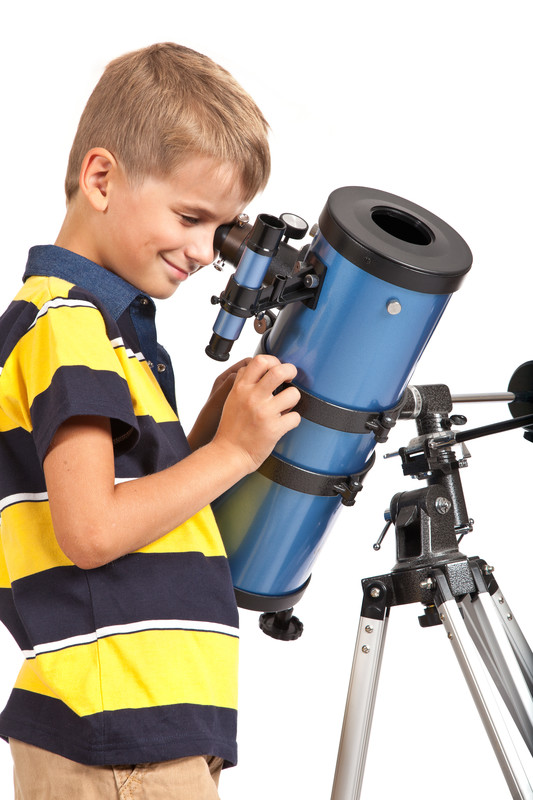
That said, I also wrote up a list of the gifts that are a total waste of money. Trust me – you’ll be glad you avoided the most common pitfalls eager parents fall into when trying to find the ‘perfect present’ for their child. You know these ones – the kind of gifts that makes kids sigh, frustrate them, or find themselves stuck on the top shelf to gather dust. You can read about these and why they made it to this list.
Okay, so are you ready to learn how to give your child an incredible gift they’ll keep using long after the holidays are over? Here are my ideas:
Scientific Instruments
Telescope Wow – nothing says holiday gift more than a scientific instrument to look at the stars. The trouble is, most people are so excited about the instrument that they forget they still don’t know how to use it. A telescope is pretty useless unless you know where to point it, and most telescopes given during this season are better suited for the garbage than star gazing.
My best recommendation? Settle for a quality pair of binoculars and a star gazing guide book (Exploring the Night Sky and Summer Star Gazing both by Terence Dickinson) to go with it so your kids can work up to the big stuff. You can get any nice pair that fits into your budget, but if you really want a recommendation that doesn’t have the brand-name price tag with it, For kids, Celestron’s Cometryon 7x50s are amazing for under $40.
For adults, Orion’s 10×50 UltraViews are outstanding. I personally own a set of these, and I’ve also added an L-adapter and camera tripod for longer viewing sessions. Expect to pay at least $140 for a pair of binocs worth keeping. Any cheaper than that, and you’ll quickly get discouraged and toss them in the Goodwill box faster than you think. You can mount these on any standard camera tripod, but I’m really excited about my new Paragon tripod that I’ve just started using. The tripod is able to keep the binoculars centered on an object no matter what height you raise or lower the binoculars to (which is really useful when you’ve got a long line of people of all different heights waiting to look through them.)
If you’ve already mastered the basics and really are ready for your own telescope, don’t bother with one of those telescopes like the kind shown in the picture here – a skinny tube mounted on a rickety tripod. The eyepiece can be way too high for kids, and they usually knock the whole thing over. So I recommend checking out the 6″ or 8″ Dobsonian and encourage you not to be fooled by the fact it doesn’t look like a traditional telescope, because it’s larger and has a lower mount. This one is going to show you a lot more detail of the sky, and is nearly impossible to knock over and damage. If you’re new to the starfield, you’ll want one with “Go To” capability for the Dobsonian. Don’t even think about owning a telescope without getting padded carrying case to protect it from dust and dings. Be sure your telescope has a laser finder also!
This is the most important part of the telescope – the eyepieces! You’ll also need to get decent eyepieces. The ones that are included with the telescope you can replace with these incredibly widefield eyepieces. Pick one between 8-13mm, 17-21mm, and a 21-24mm. Expect to spend at least $200 for an entry-level scope, or up to $1,000 for all the stuff I’ve listed here. Anything less than $200 (OR anything from Costco, Walmart, Kmart, or other similar stores) is just plain junk and not worth your time, unless you’re looking for a good dust collector.
For telescopes under $100, you have two options: First Scope by Celestron, and the Galileoscope. They are both small, compact, and use plastic mirrors and lenses, but it does give you the same images Galileo himself saw 400 years ago. These are the only two I’ve found that are even worth the money. Don’t forget to arm your kids with a moon map so they use their new scope easily!
If you still are thinking about getting a cheap scope, here’s the bottom line: I hear about MORE kids and parents than you’ll ever want to know that have gotten so excited about a new telescope, only to get frustrated and disgruntled, and eventually not only trashing the telescope but also their whole interest in astronomy. Getting a cheap telescope is the fastest way to kill your child’s passion for astronomy. This goes for microscopes and binoculars, too. You’ll find when you invest up front, the rewards just keep coming and coming for years beyond what you ever expected.
Microscopes This is another popular gift item. There are many good scopes out there for kids, AmScope are the ones I’ve used in my classes with kids and have worked out the best over the years. You can look at their best microscopes here.
Whichever you choose, make sure it’s set up with a 10mm for the eyepiece and a 4X, 10X, and 40X at the objective, and also has a mechanical stage, and a mirror if you’re planning to use it int he field outdoors (otherwise, choose a corded model with LED lighting). Also add a box of microscope slides, tools like tweezers and vials, coverslips, and a basic staining kit and you’ll be set!
Favorite Science Books
Check these out at your local library to see if you think your child will like them.
- Why Pi? by Johnny Ball
- Go Figure by Johhny Ball
- The Space & Time of Uncle Albert by Russell Stannard
- Black Holes and Uncle Albertby Russell Stannard
- Uncle Albert & the Quantum Quest by Russell Stannard
- George’s Secret Key to the Universe by Lucy & Stephen Hawking
- George’s Cosmic Treasure Hunt by Lucy & Stephen Hawking
- The Elements by Theodore Gray
- One Minute Mysteries by Natalie Yoder (There’s one in Math and another in Science!)
Science Games and Puzzles
- Space-opoly (My kids love my version of the classic Monopoly) This is FREE for you to download.
- Chemistry Period Table Board Game by Ellen McHenry This is FREE for you to download.
- Periodic Quest This game won numerous awards and is a recent release. It’s complicated enough for your 12 year old.
- Chemistry Card Game by Ellen McHenry This is FREE for you to download.
- Elementeo developed by a very talented school-age student which teaches kids the characteristics of the periodic table of the elements using a game structure similar to Magic card game.
- Robo Rally This game is a regular in our house, especially since we’ve started making our own board elements.
- The Way Things Work Board Game is fun and creative, and we’ve added our own elements to it as well!
- Power Grid Board Game is a regular, and it’s fun to see kids and adults alike struggle to balance limited resources, profitability, and power issues at once.
- Go Venture is the only entrepreneur board game I’ve ever found. It’s made by a company that makes business simulations for grown ups!
- Black Hole Game Written and created especially by scientists! This is FREE for you to download.
- Constellation Board Game Plays northern hemisphere on one side and southern on the other!
- Equate the Math version of Scrabble, which is great for kids that are getting the hang of arithmetic
- Mathematician Dice for your college math student with more “math geek” fun toys here!
- Chess find a 34-piece set (with four queens) and a vinyl mat
- Iron Puzzles – these are a favorite in our home! You can’t break them, and the first two levels are easy enough to frustrate adults.
- Perplexus is one of four different maze balls that my kids keep in the car.
- Create-A-Story Board Game – since my kids love to write, this is a natural hit for us.
Cheap and Inexpensive Science Gift Ideas
If you feel that you getting each of your kids their own telescope is not in your budget (and I totally understand this), here’s some great news! This list below is a set of ideas that range from FREE to under $100. While I still think it’s important to start a pickle-jar savings account for those higher-priced items, here are a few ideas to get you started when you need to be on a shoestring.
- Get them their own personal toolbox with tools and a “How to Fix Anything” book. They’ll get real life skills, and you’ll benefit from this down the line when they can unclog the toilet for you.
- When making household repairs, servicing the family car or other domestic equipment, include your child. Natural scientific and mechanical skills can be discovered and developed in this way, and many scientific principles can be demonstrated in firsthand and practical ways, using the Scientific Method and the Universal Troubleshooting Method.
- Subscriptions to scientific magazines:Scientific American, Popular Science, Popular Mechanics, and MAKE Magazine are fantastic. You can also check out Sky & Telescope and Astronomy magazines.
Worst Science Gifts
Trust me – you’ll be glad you avoided the most common pitfalls eager parents fall into when trying to find the ‘perfect present’ for their child. You know these ones – the kind of gifts that makes kids sigh, frustrate them, or find themselves stuck on the top shelf to gather dust. You can read about these and why they made it to this list right here.
- Cheap telescope, microscope, or binoculars from places like Costco, Target, or other major department-type of stores. Any telescope that says the power rating on the box should be avoided like moldy spam. Telescopes aren’t about power magnification – they are about light collecting ability, which is measured in mirror (or lens) diameter. Microscopes should be durable and not plastic, and binoculars should have real lenses in them. Read the section above about which one is the right one for you.
- Science kits in a box These can be hit or miss. Some science kits are great – I love the ones from Radio Shack and Thames & Kosmos. The biggest problem with these is that most of them are cheap knock-offs made of little plastic pieces that if they break, you have to scrap the whole thing. The other problem is that they are expensive, and that they only make one specific project, which doesn’t leave any room for creativity, imagination or innovation… which is what science and engineering is based on.
- Science books I am a total reading buff, so saying that books are on the worst list makes me cringe! But I have to admit, there are so many bad science books out there that I have to put at least a yellow caution sign about which ones to pick. Keep an eye out for stale and dry, flat boring, or just plain wrong books out there with flashy pictures and little to no science in them at all. See above for my recommendations for books and magazines.
- Science toys that are experiments already done for you These are actually quite the rage right now, which is not surprising given the “gotta have it now” mentality that surrounds us everywhere. These are toys that were once great science projects or experiments, but have been mass produced so you can just buy the end result, like airzookas, hex bugs, and stomp rockets. It takes something away from the magic if you can just “buy it” right without building it yourself. Kids only play with these items for a very short period of time, and since they didn’t build it themselves, there’s no reason for them to really appreciate it or play with it long term. Some of these can be fun to play around with and get inspired from, just leave them in the store when you’re done.
This may be obvious, but…
Get a box full of all the materials needed for the e-Science project your kids have been hounding you about the most. Whether it’s the Laser Light Show, the underwater R.O.V. robot, the Trebuchet, the Laser Door Alarm, the Crystal Radio, the Space-Age Laser Communicator, or a special Robot they have in mind… you’ll be sure to make their day with the homemade inventor’s dream gift. Don’t forget to take pictures as they build!
There you have it – ideas and projects to set your mind spinning and get you moving in science. Let us know how it goes! And if you have more ideas of your own, please share them in the comment box below!
Using just laundry soap and pipe cleaners, you can create amazing crystal ornaments for your holidays overnight! Here’s what you need to do…
 Here are a couple of my favorite science experiments to do on Valentine’s Day, especially on a holiday where the word “science” doesn’t usually come to mind.
Here are a couple of my favorite science experiments to do on Valentine’s Day, especially on a holiday where the word “science” doesn’t usually come to mind.
Many countries celebrate Valentine’s Day as a way sharing and expression their love for each other, usually by presenting flowers, offering chocolate, or sending greeting cards (valentines!). Historically, valentines were also sent to children to ward off certain diseases.
There are many different traditions and customs for this holiday, depending on where you live. This is a small collection of my favorite science experiments that I’ve done to create valentines and unusual gifts for the ones I love most. Enjoy and Happy Valentine’s Day!
- Homemade Stethoscope is an easy experiment, and you can use tape if you don’t have the special connectors.
- Can you figure out how to change the solution from pink to blue and back to pink again with the Chemical Matrix?
- Make a solution turn from clear to pink with the Turning Water into Wine experiment (Hint: use this to coat a silk flower, the flower will change from clear to pink!)
- Swirl colors with a cool Milk Trick
- Cut out a heart shape from goldenrod paper and use this chemical process to transform the heart from gold to deep red.
- Write invisible messages using chemicals from the kitchen.
- Cobalt chloride changes colors when combined with water using this experiment. You can also grow pink-red crystals using the remainder of the solution!
- Before eating that chocolate, use it to measure the speed of light!
- Monitor your very own heart using this simple experiment and see your pulse using a straw.
- Make sure your own heart is healthy with these experiments, including how to make your own stethoscope.
- Make two-tone flowers by replacing the celery with a carnation.
- I once made an exploding love volcano by modifying this experiment to be all red as it oozed out.
- Measuring the Health of your Heart and Heart Rate Monitoring are both something you can do all year long, so you can live longer so you can do more science experiments!
When the moon’s minimal, go outside and look up! You don’t even need a telescope. Try to find a space away from city lights, and enjoy it with a friend.
Some meteor showers are more spectacular than others. This one is expected to pick up tonight 4/20 and tomorrow 4/21, and we’re expecting to see between 10 to 20 meteors per hour at the peak. You’ll want to look near Vega, use a stargazing app to help you find it.
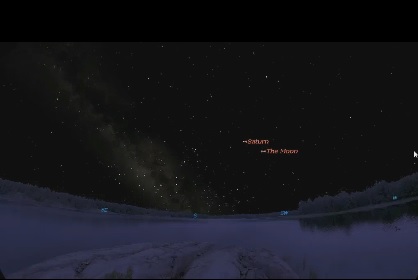
Comet Thatcher is the source of the meteors for this particular meteor shower, because every year in late April our planet will cross the path of this comet. The last time it visited the inner solar system was in 1861, so it hasn’t been here in a while, the orbit is about 415 years.
Comets leave a trail of particles, and when the Earth sweeps through that particle trail, we get meteor showers! That’s why meteor showers are stronger some years and not as much in later years. The years they are strongest is when the comet has made a recent pass!
We will be touring the Moon with amazing astrophotographer Dr. Lee Coombs from his private observatory . If you’ve ever noticed the interesting terrain and features and wonder what you can observe, this class is for you! We’ll start with the 5 day Moon and ending with the 11 day Moon, and you can see these features with binoculars as well as telescopes.
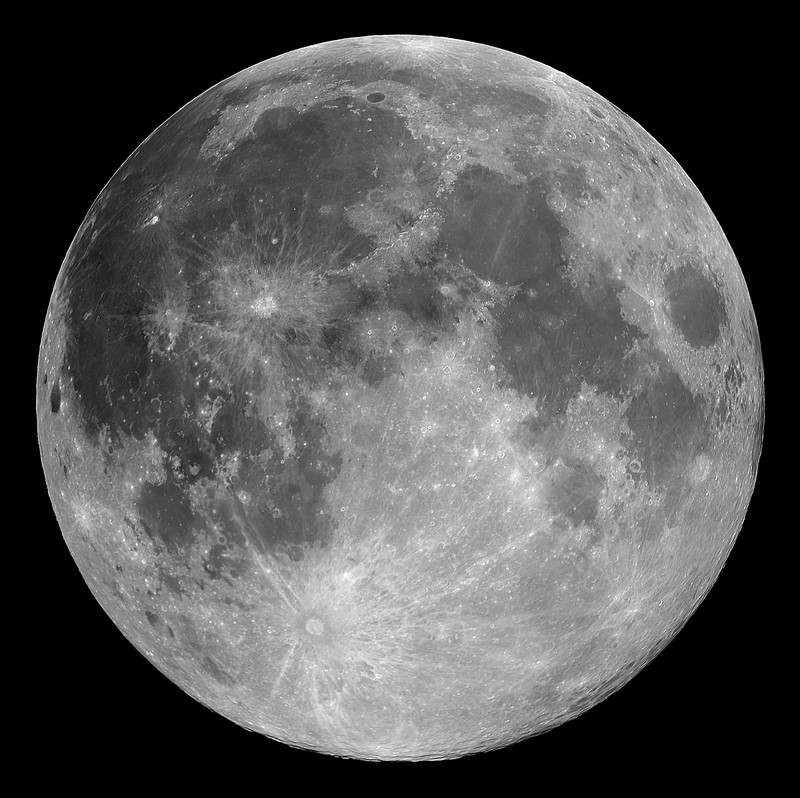
Find the current phase of the moon: Moon Calendar.
I will be posting the handout for this class in the LIVE CLASS section of the website under “Astronomy & Astrophysics”.
Connect to class through the link in your weekly emails (the one with the updates for the upcoming week).
On March 14 at 1:59pm, folks from all over the world celebrate “Pi Day” with games, activities, and pie-eating contests. Here are my best resources for showing kids how pi shows up in the real world and also how to learn about pi in a way that not only makes sense but isn’t flat boring.
Pi (p) is a number slightly greater than 3 that shows up when you divide the circumference of a circle by its diameter, no matter what size the circle is. It also shows up in other shapes like spheres, ellipses, cylinders, and cones as well as unusual places like summation series, number theory, probability, bell curves, and the Fibonacci series.
I’ve prepared two different versions that you can access, and each comes with its own video. If this is your first time encountering “pi”, then start with the first one. Otherwise, jump in to the full version and have fun!
Please login or register to read the rest of this content.
Over the years, I’ve collected quite a stash of activity sheets and games for kids from other sources. I don’t know where they all came from, so please respect their copyright information on the sheet itself when you share with others.

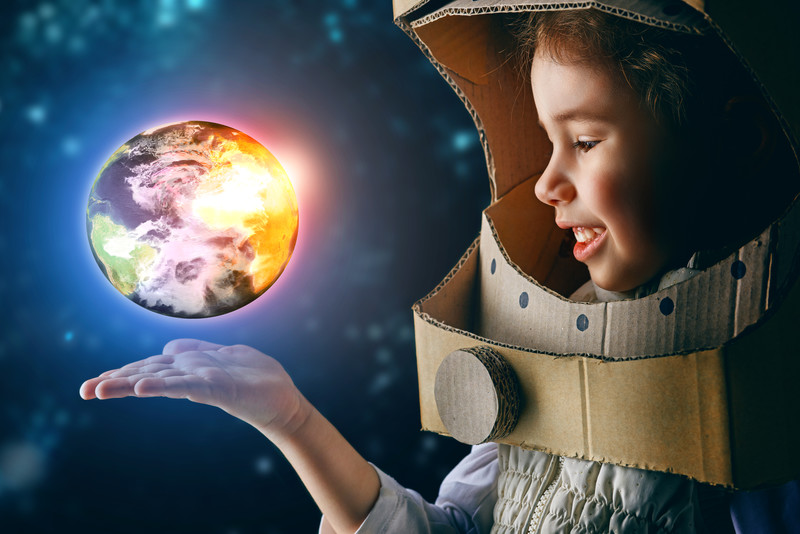
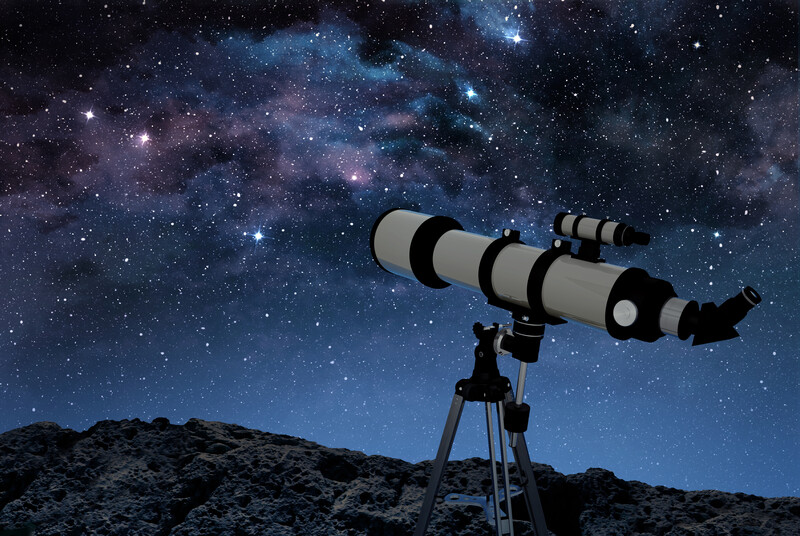
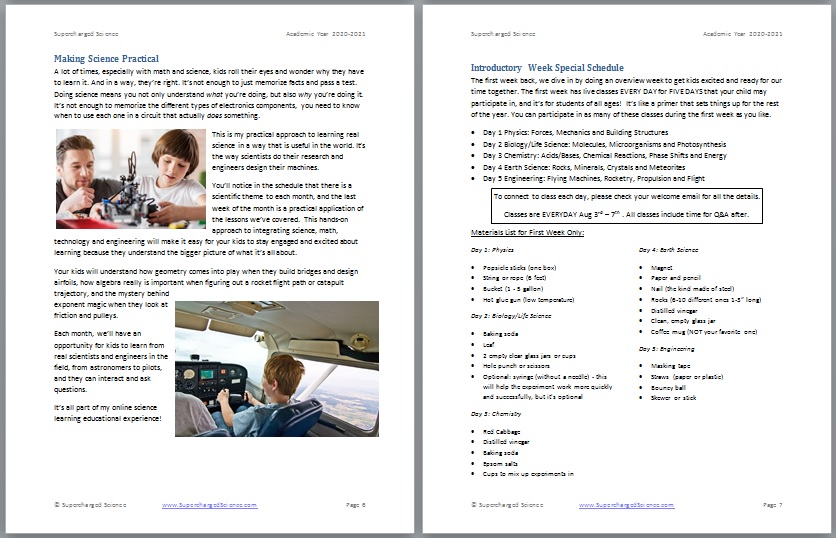



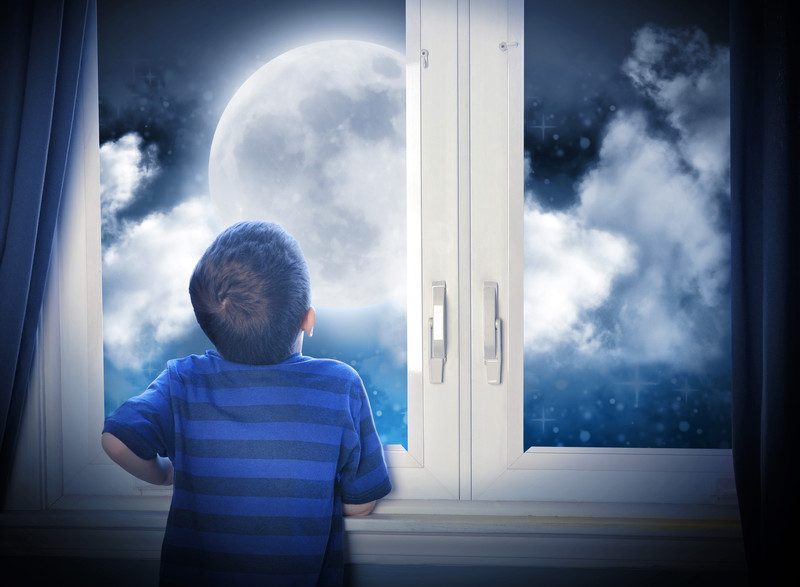
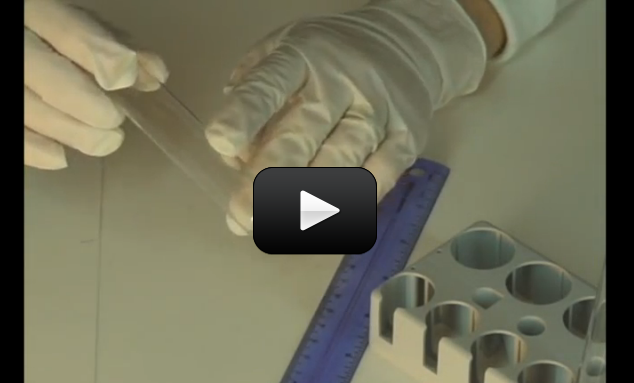






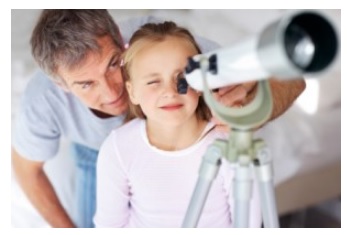
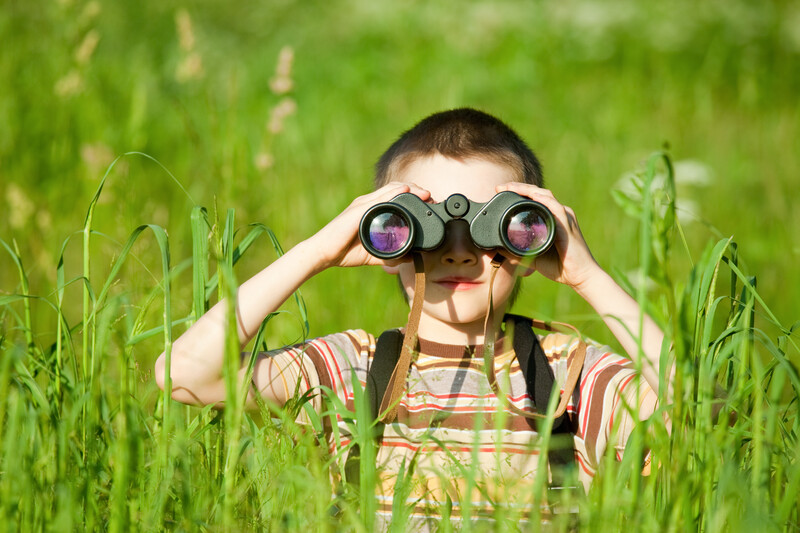


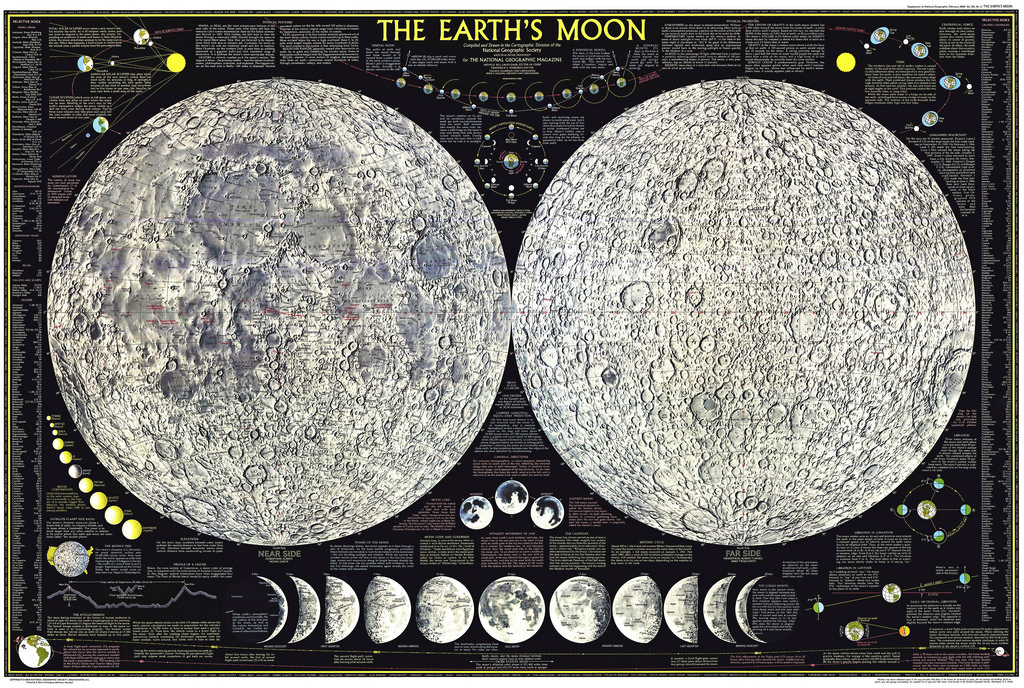
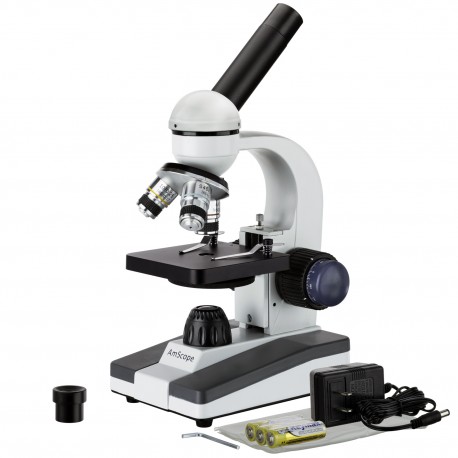

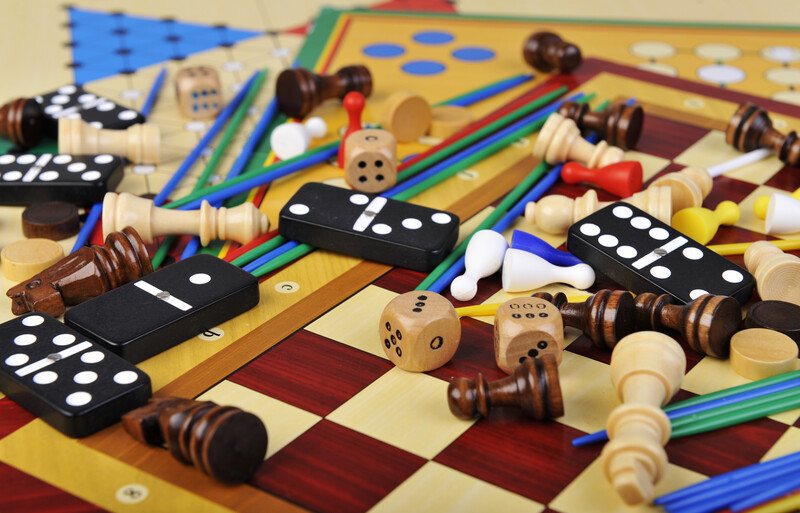

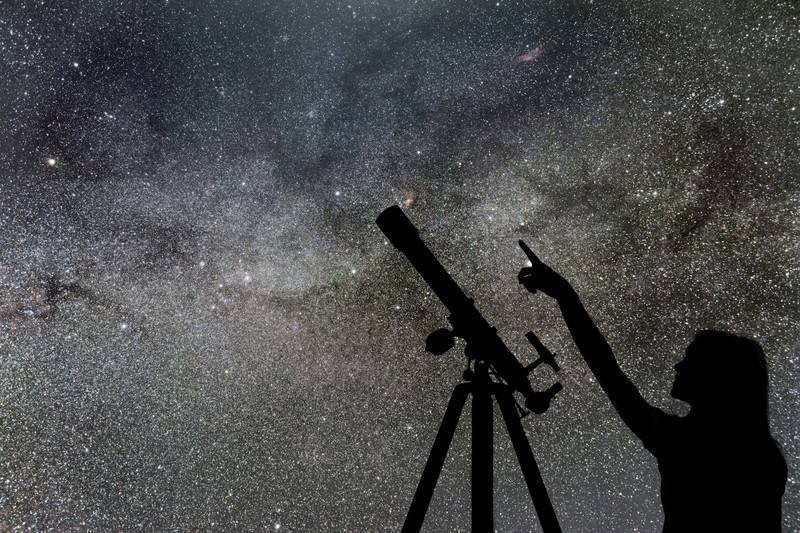
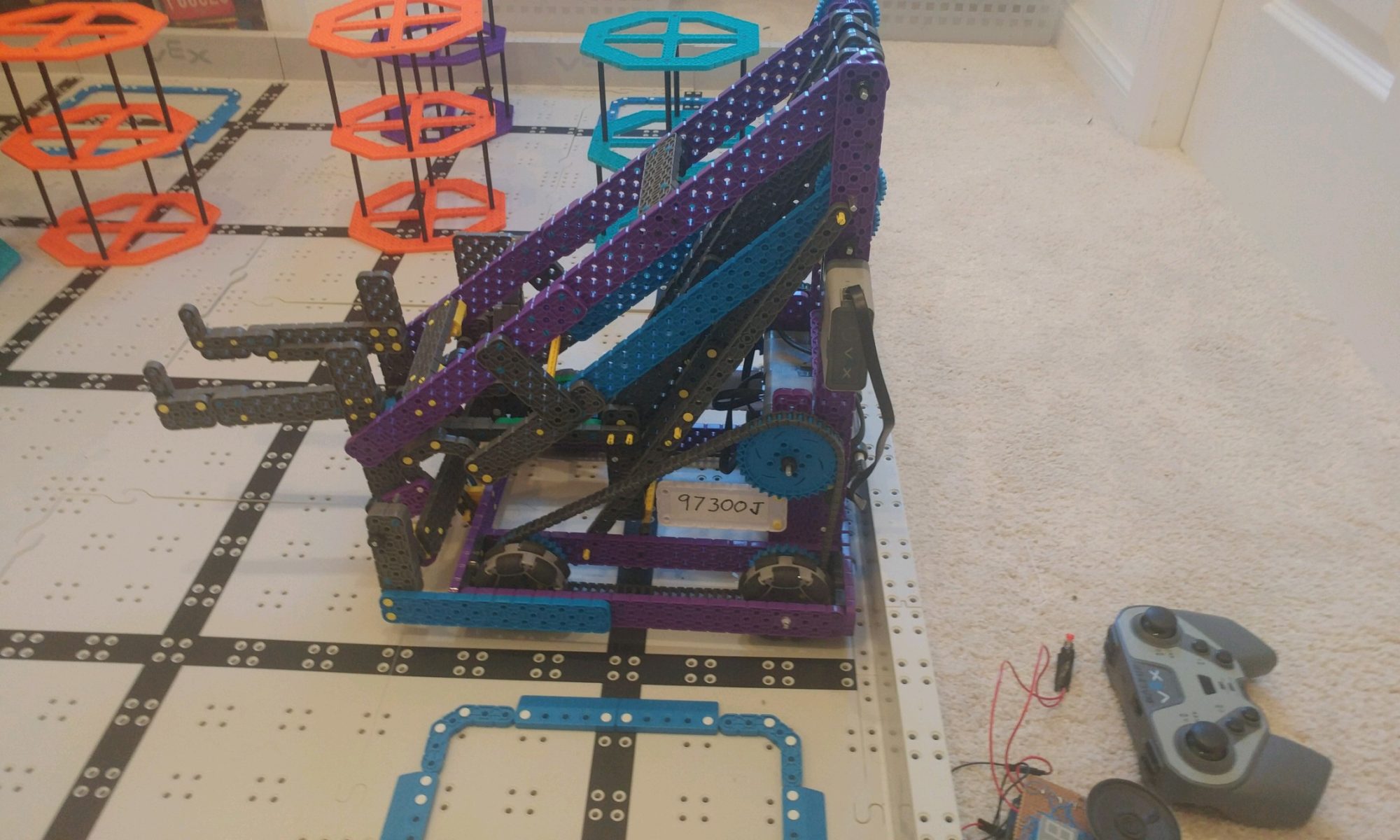
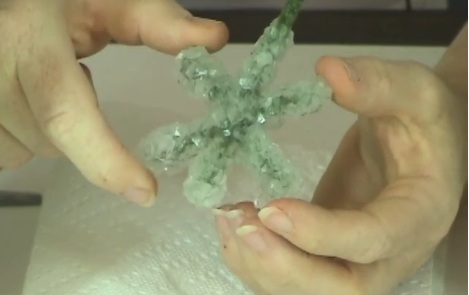
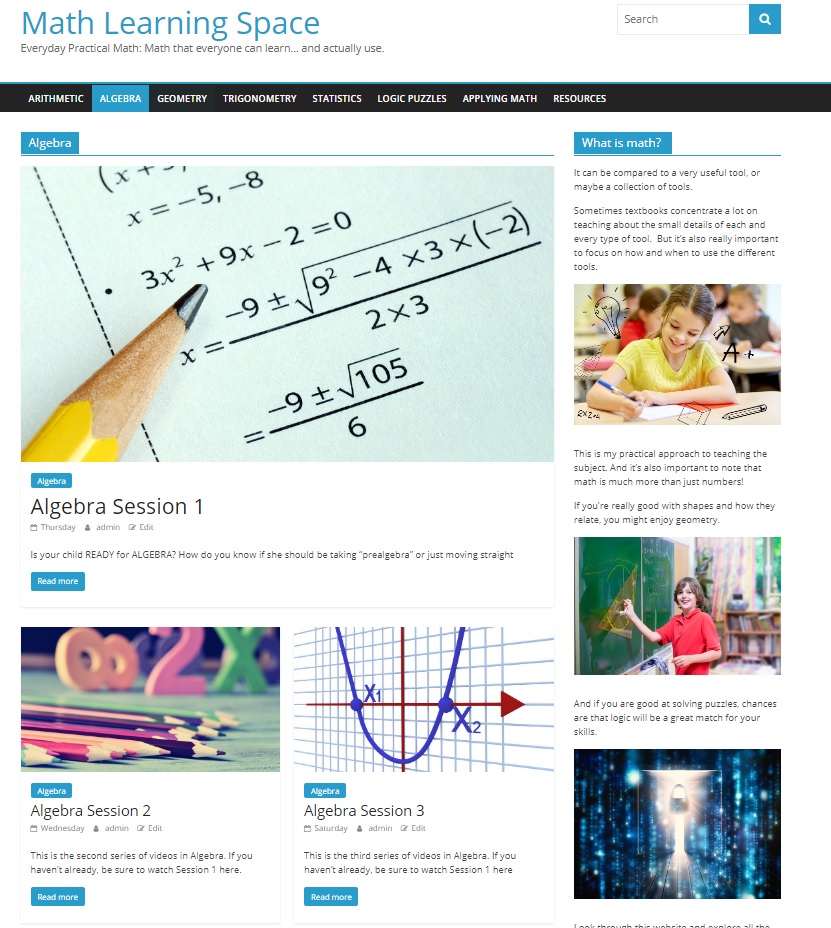

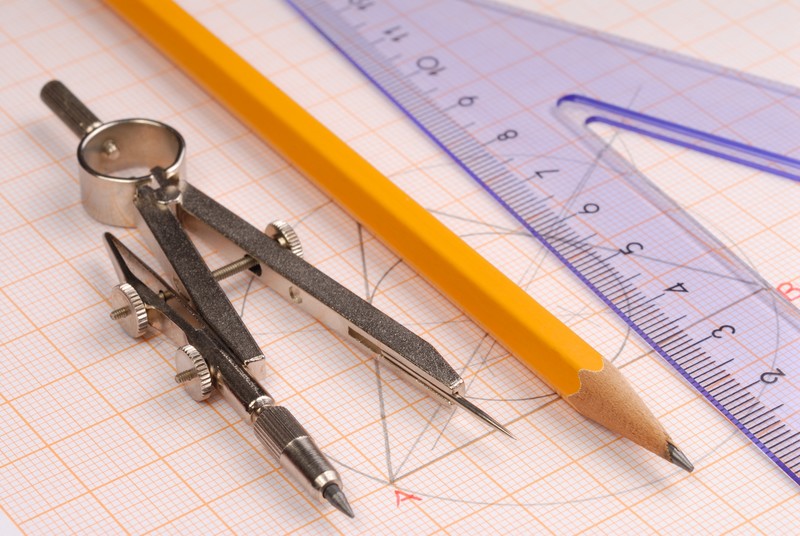


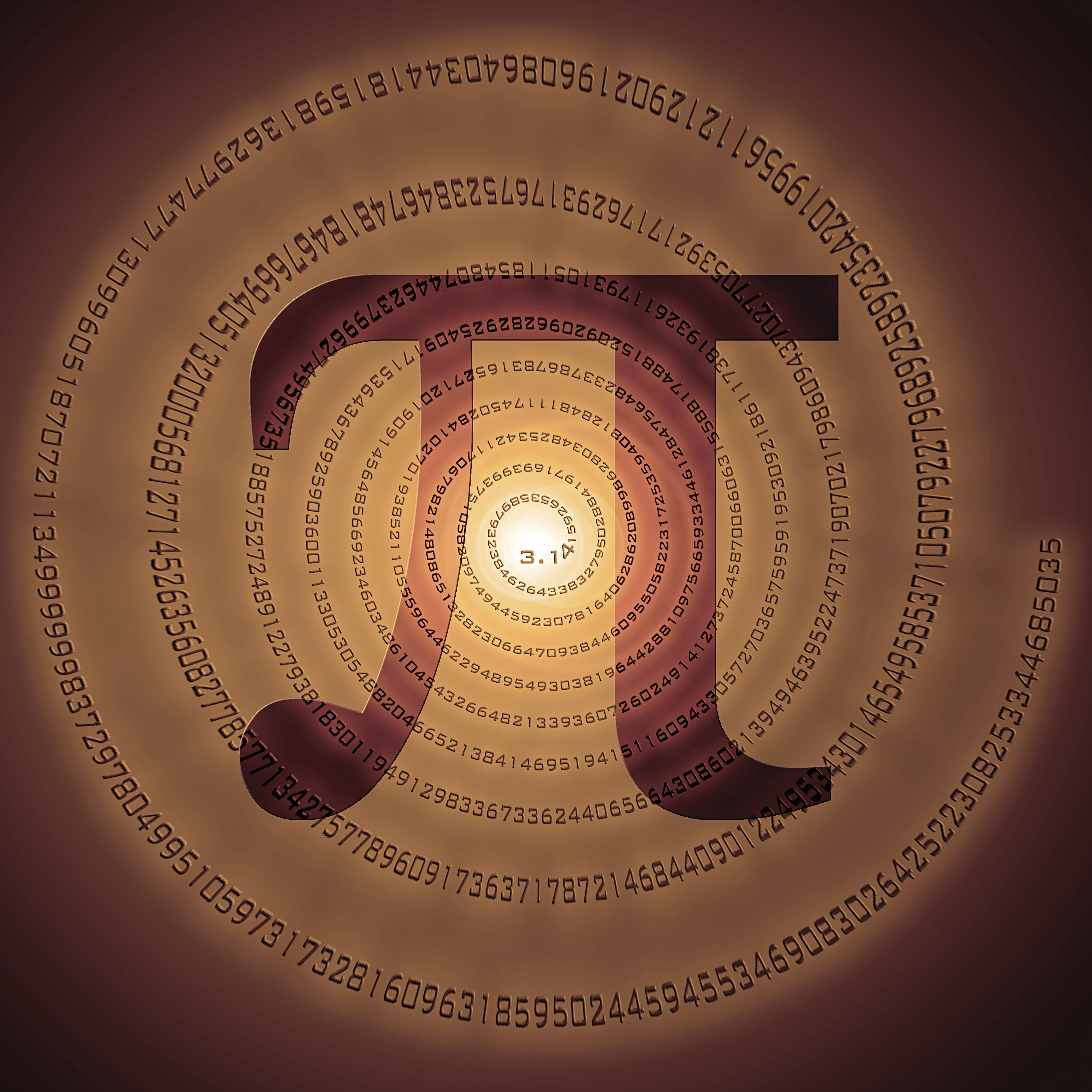
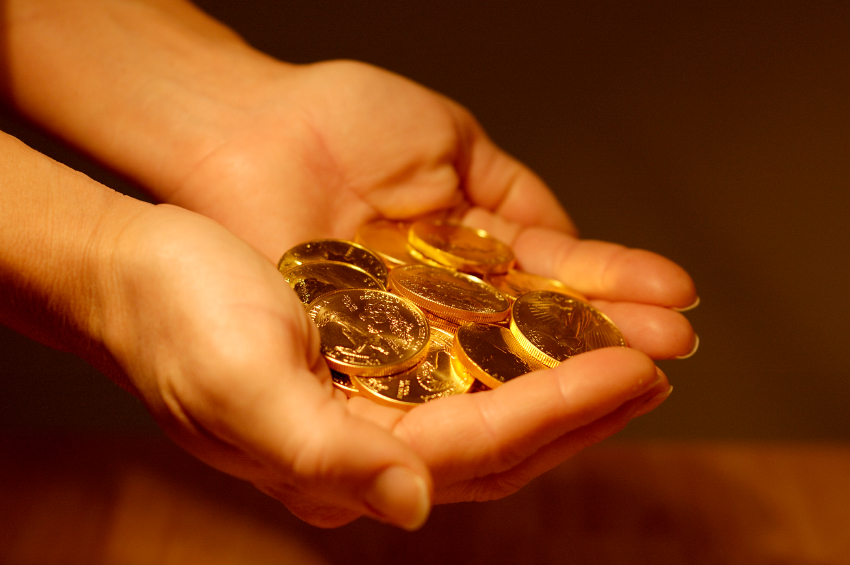

 Here are fun activities you can do with your friends and family to learn more about earth, science, and the amazing home we live in:
Here are fun activities you can do with your friends and family to learn more about earth, science, and the amazing home we live in:
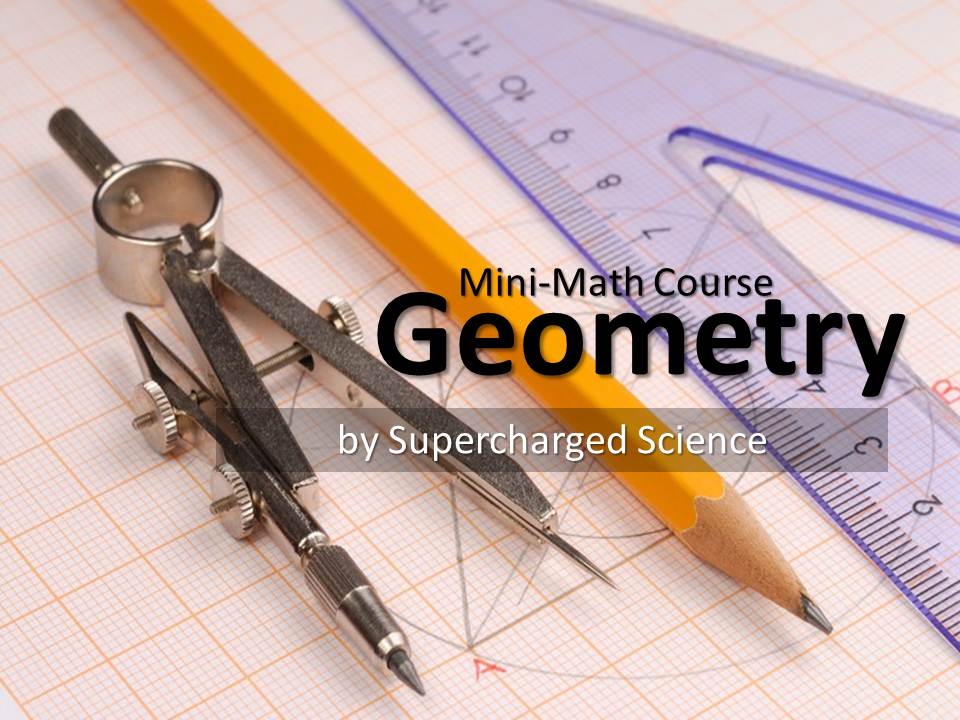
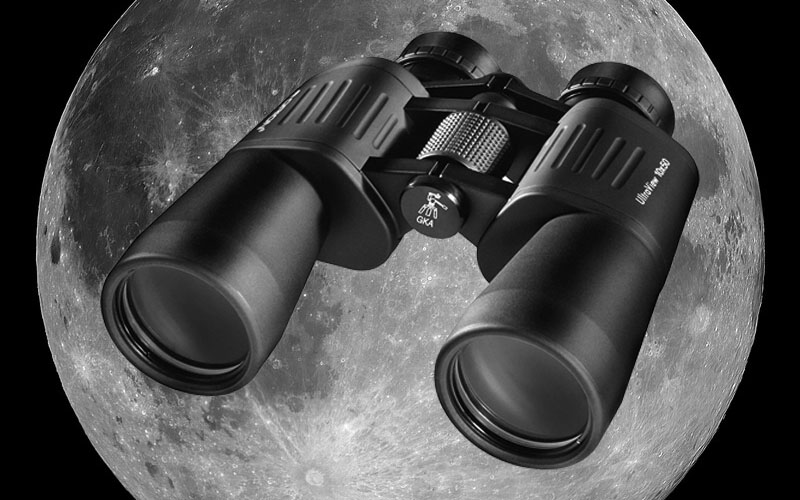
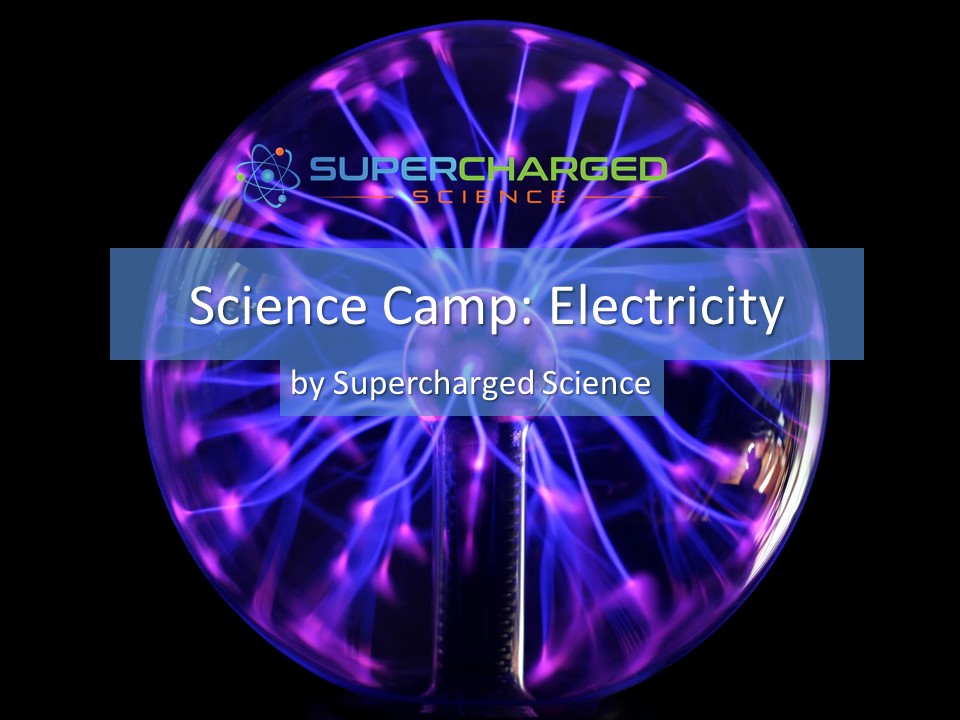
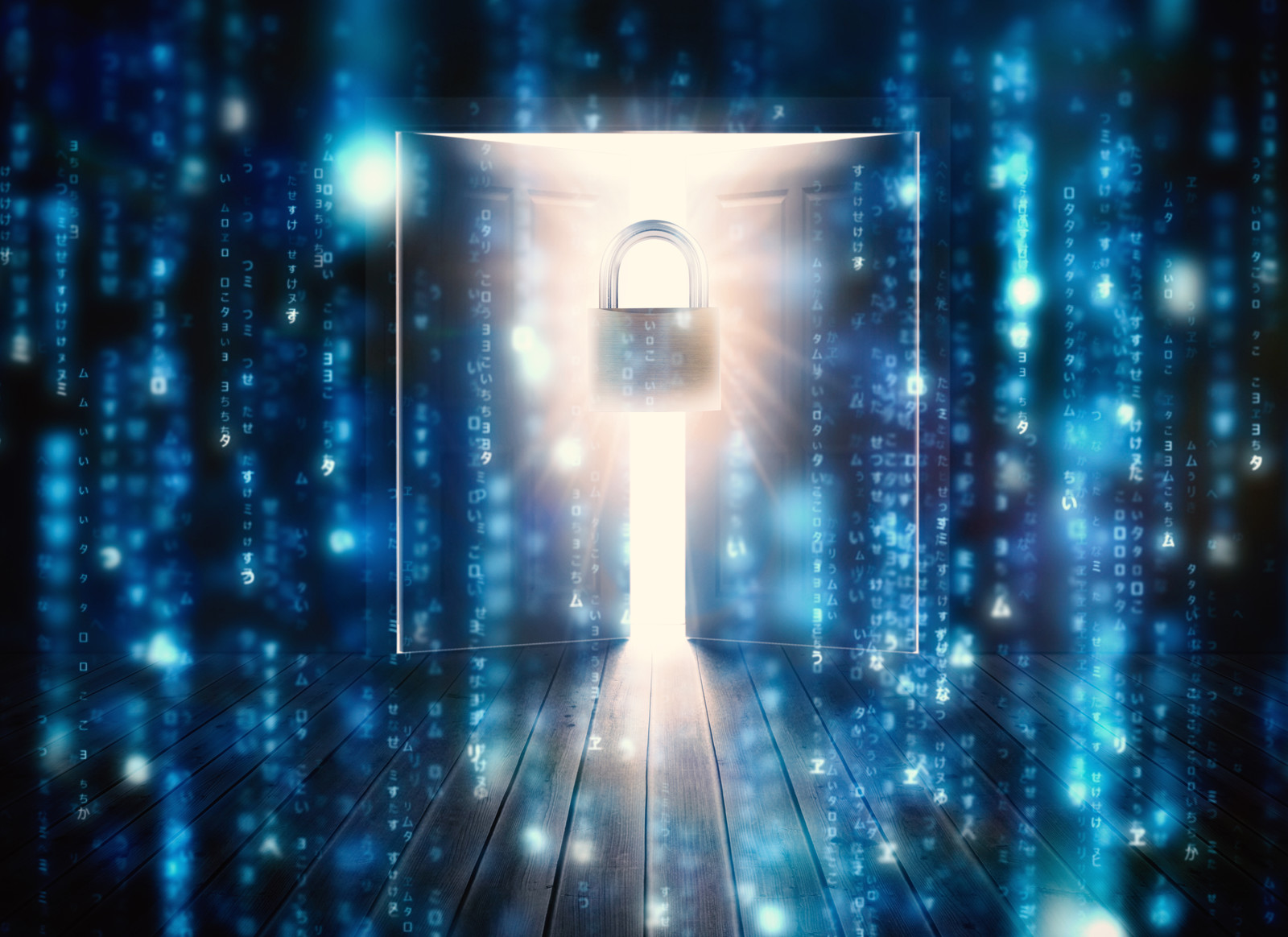

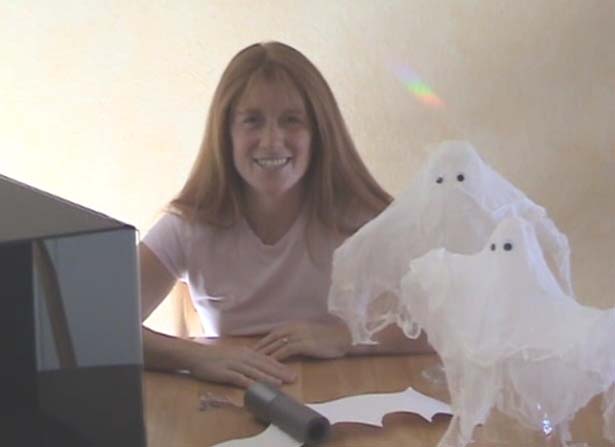
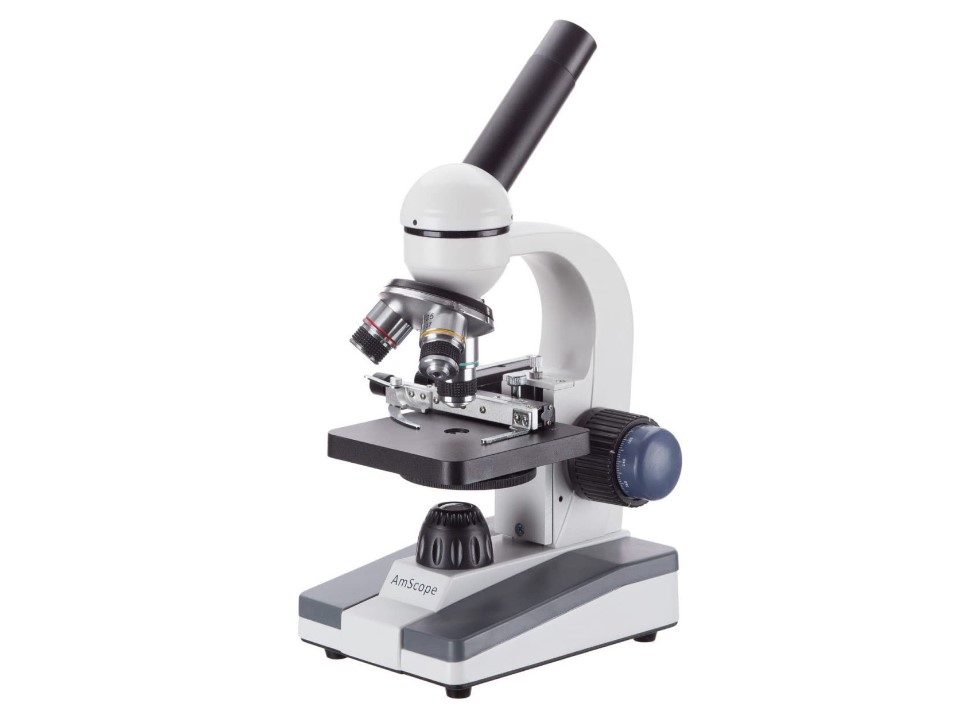
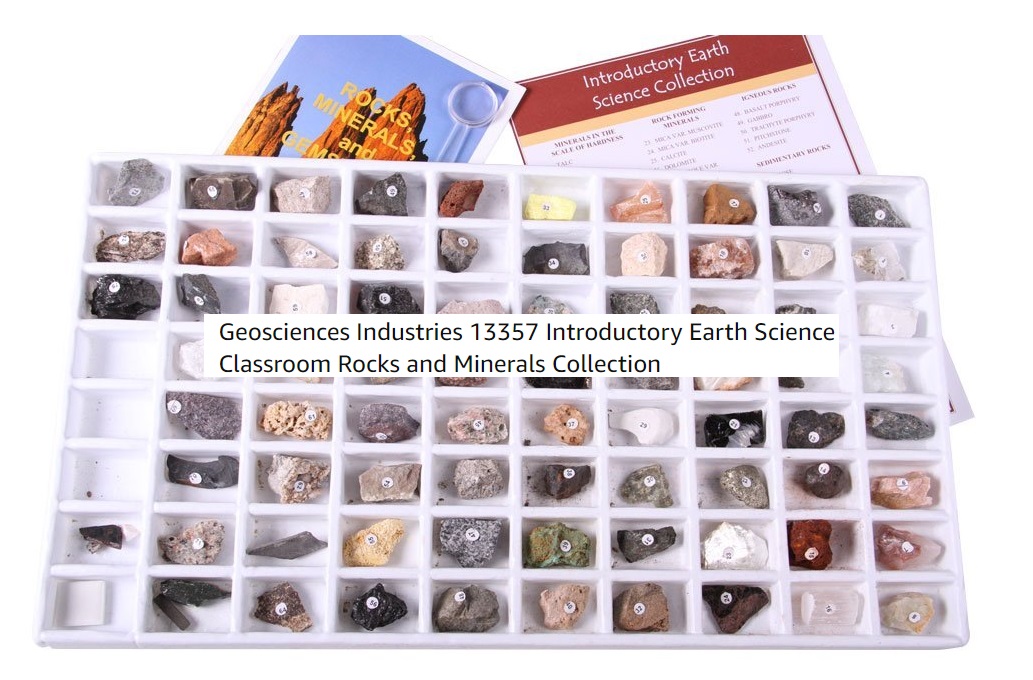
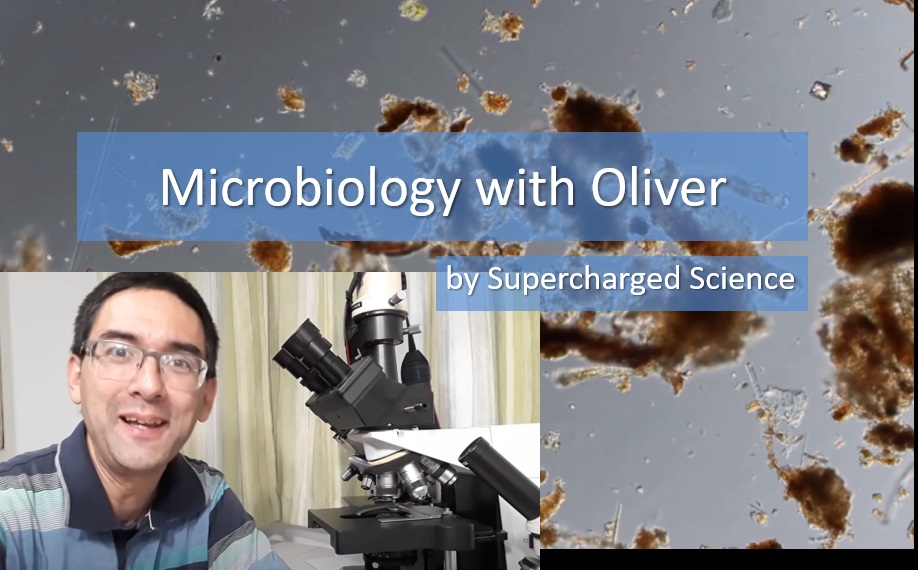

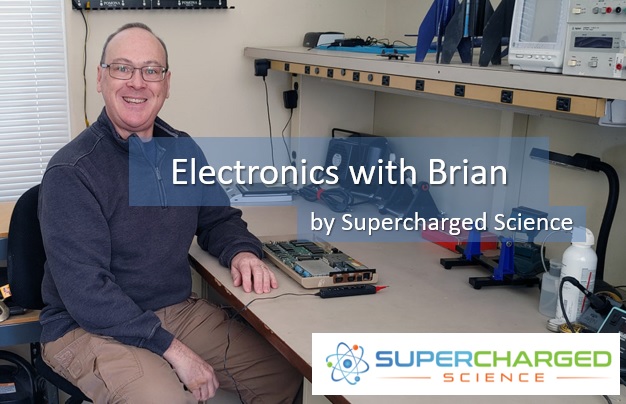

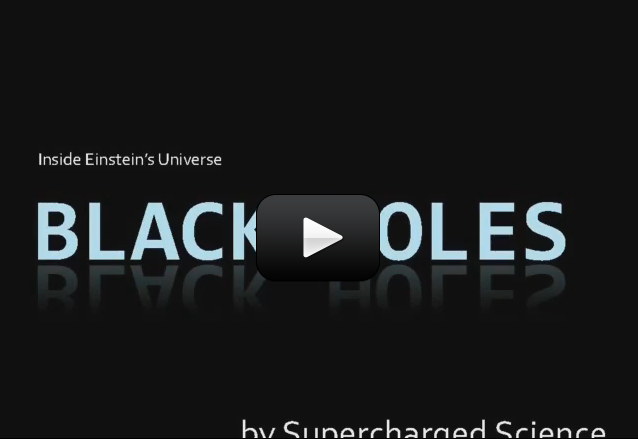
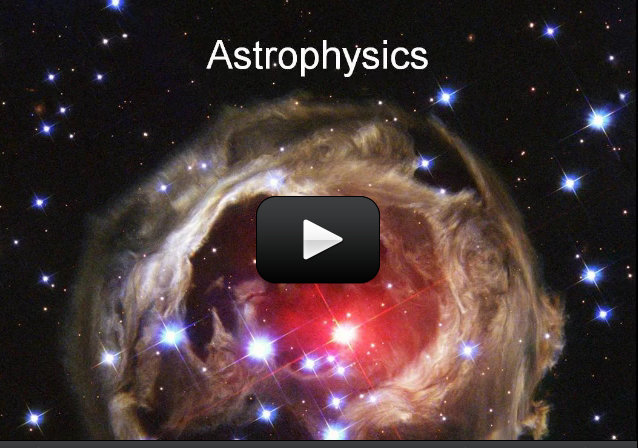
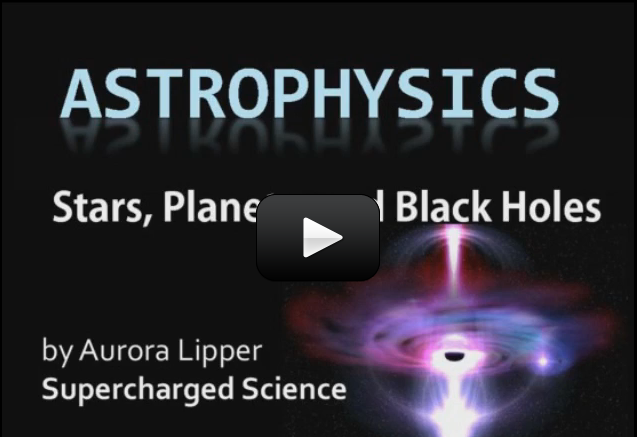

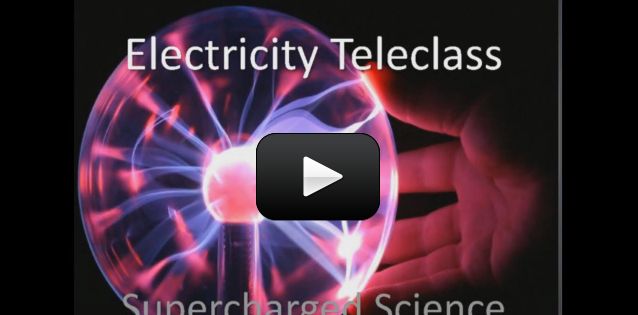
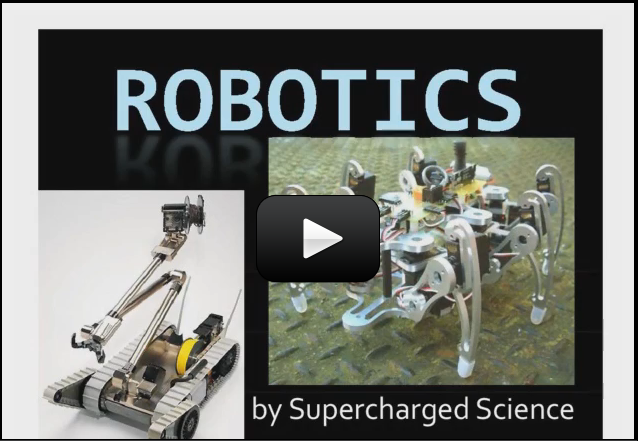
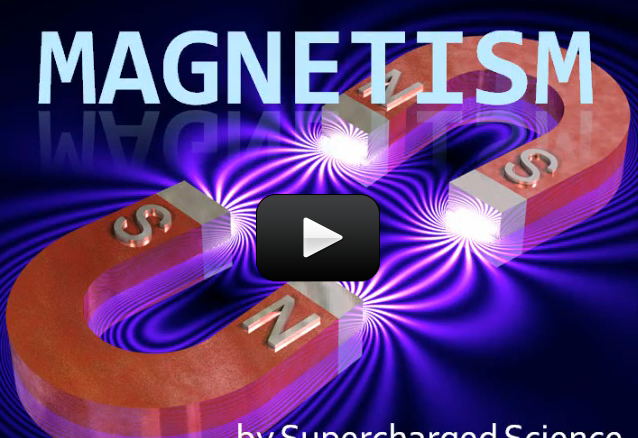
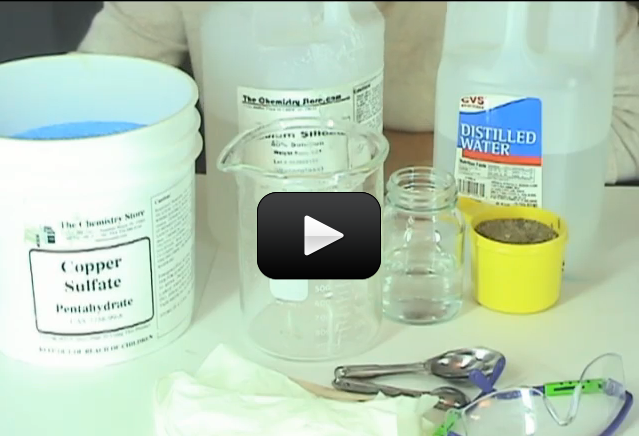
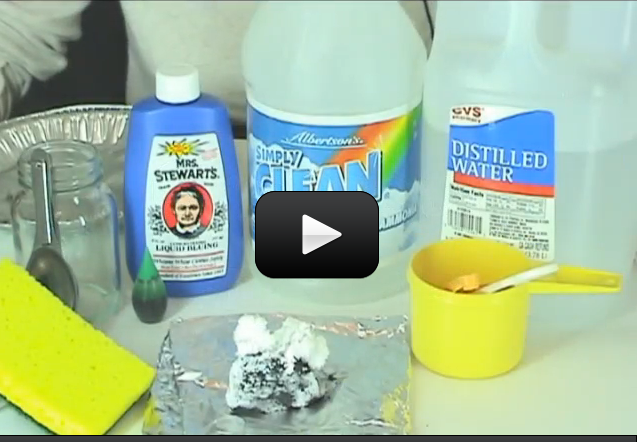
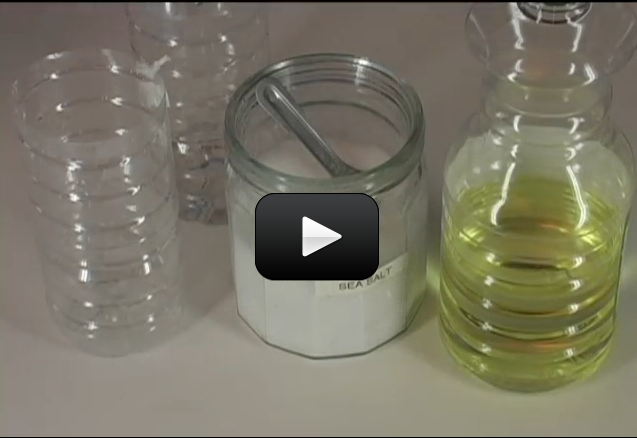

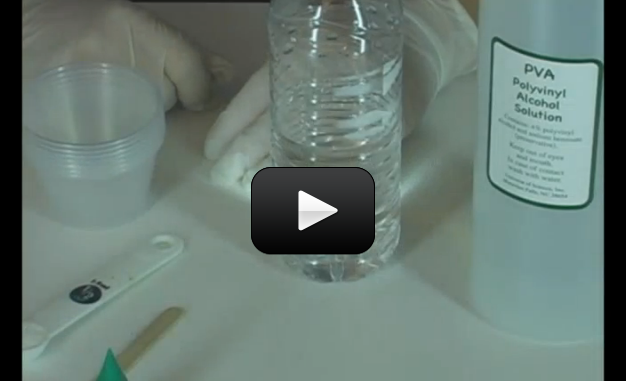
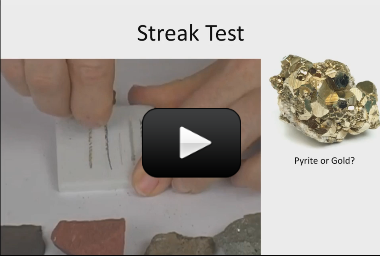


 Fossil fuels, which include petroleum, natural gas, and coal, supply nearly 90 percent of the energy needs of the United States and other industrialized nations. Because of their high demand, these nonrenewable energy resources are rapidly being consumed. Coal supplies are expected to last about a thousand years.
Fossil fuels, which include petroleum, natural gas, and coal, supply nearly 90 percent of the energy needs of the United States and other industrialized nations. Because of their high demand, these nonrenewable energy resources are rapidly being consumed. Coal supplies are expected to last about a thousand years.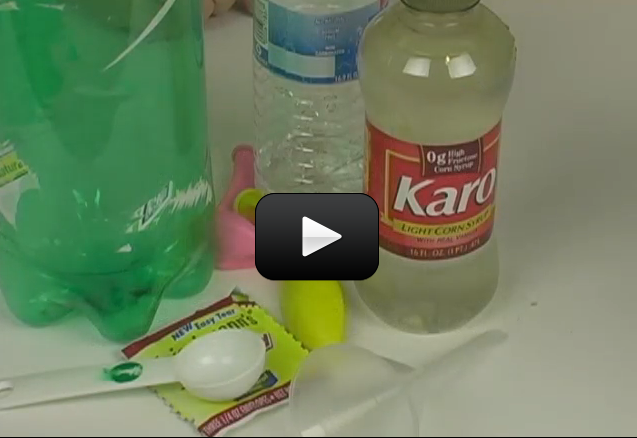
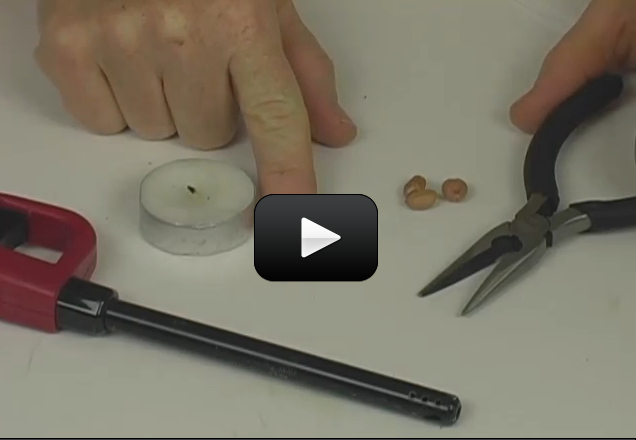

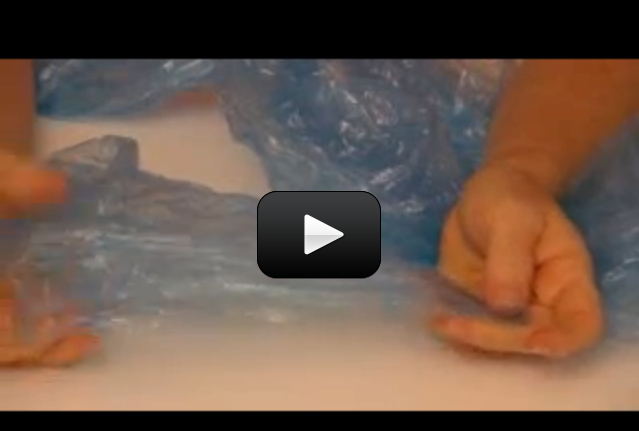
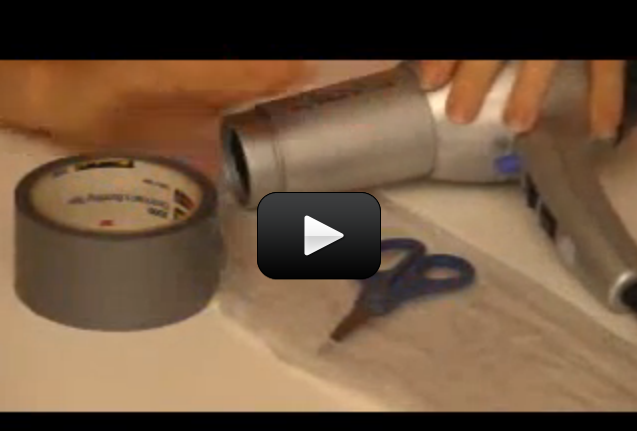
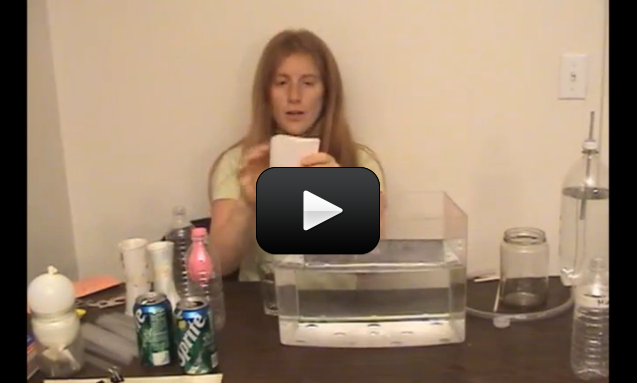
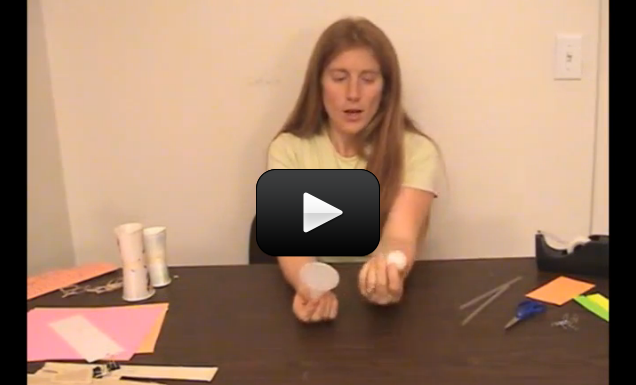
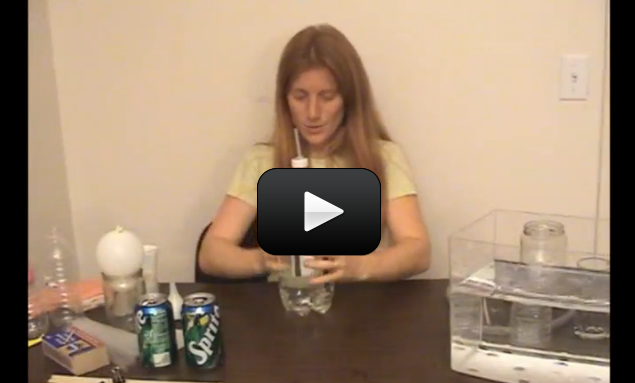
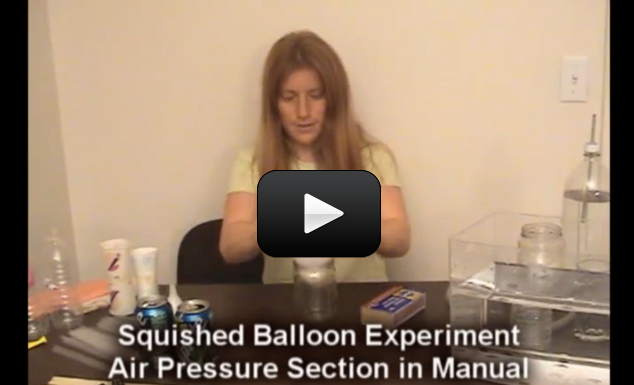
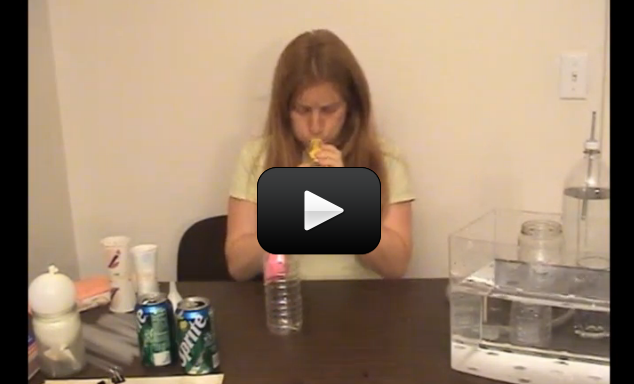
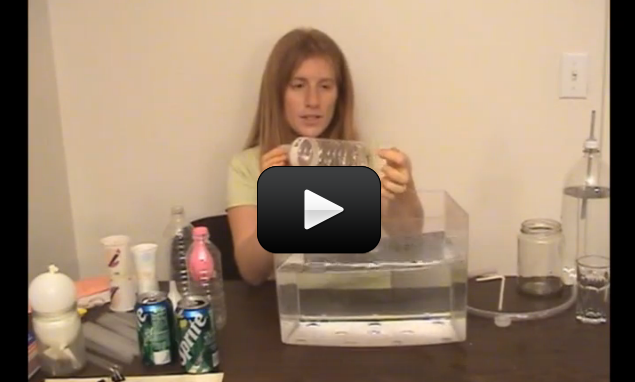
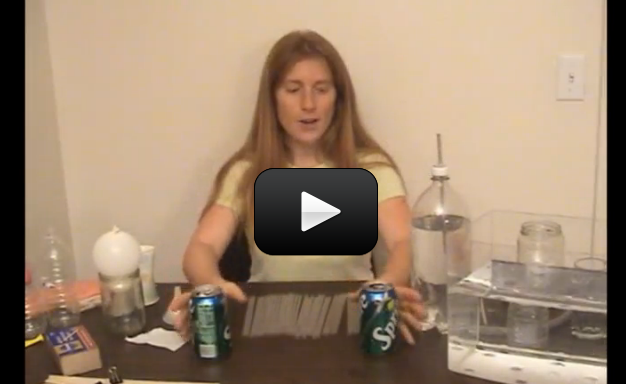
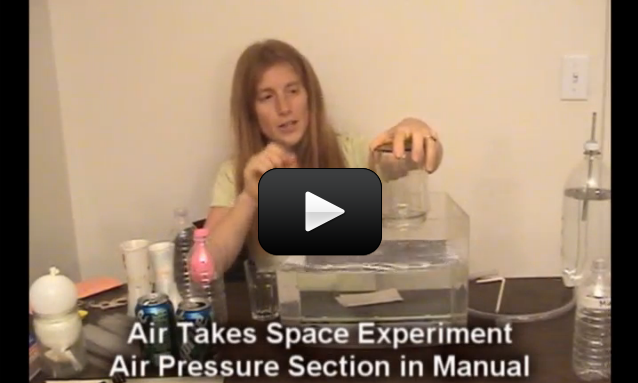
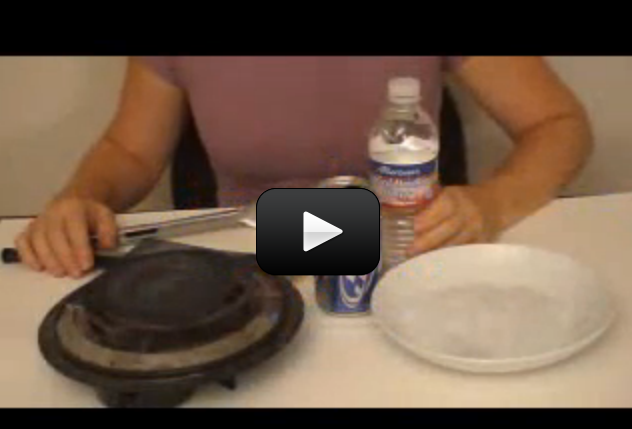
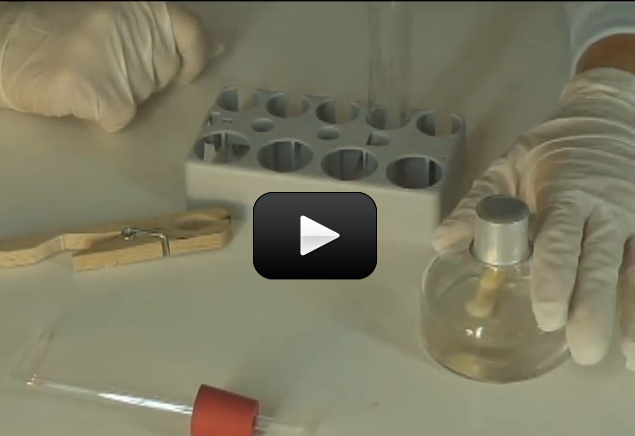
 If you’ve ever owned a fish tank, you know that you need a filter with a pump. Other than cleaning out the fish poop, why else do you need a filter? (Hint: think about a glass of water next to your bed. Does it taste different the next day?)
If you’ve ever owned a fish tank, you know that you need a filter with a pump. Other than cleaning out the fish poop, why else do you need a filter? (Hint: think about a glass of water next to your bed. Does it taste different the next day?)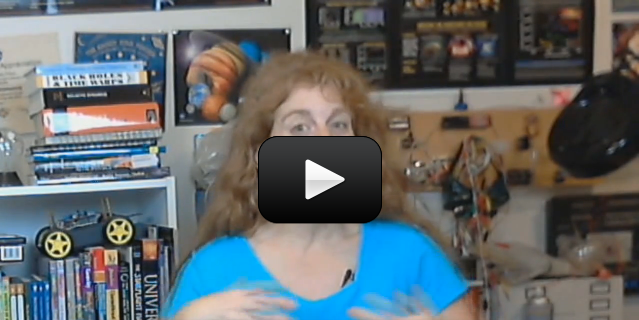

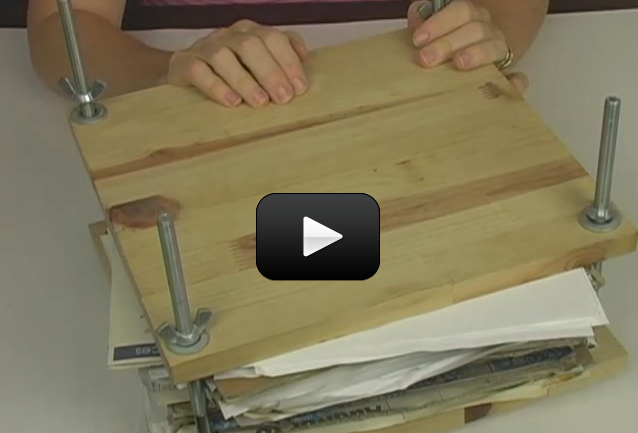
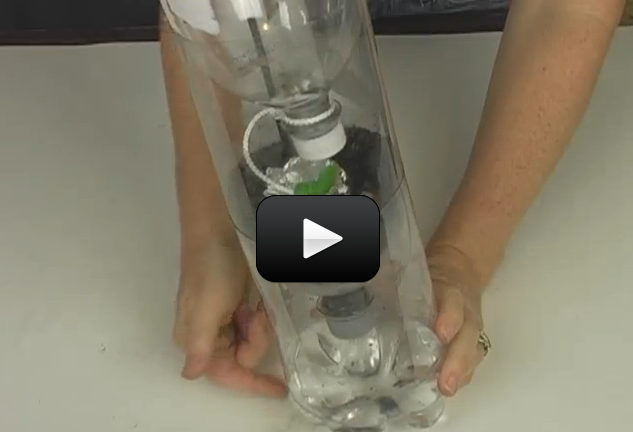
 When birds and animals drink from lakes, rivers, and ponds, how pure it is? Are they really getting the water they need, or are they getting something else with the water?
When birds and animals drink from lakes, rivers, and ponds, how pure it is? Are they really getting the water they need, or are they getting something else with the water?